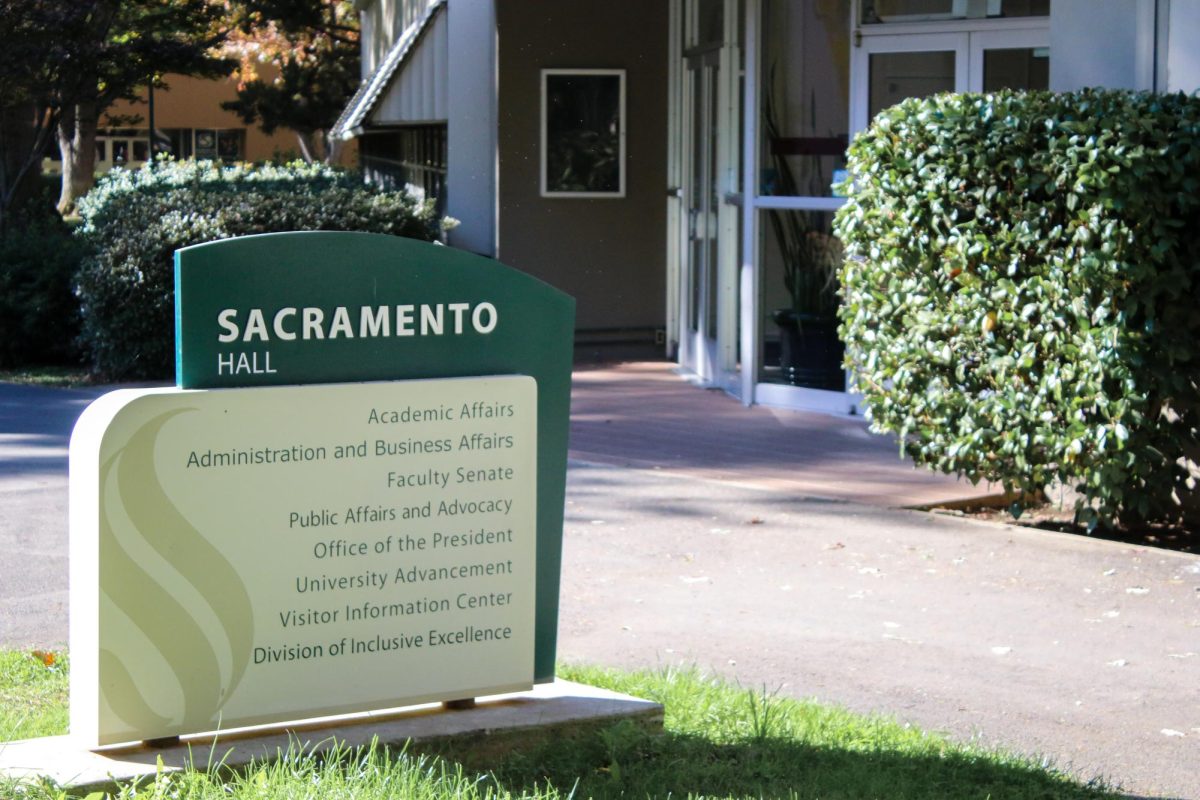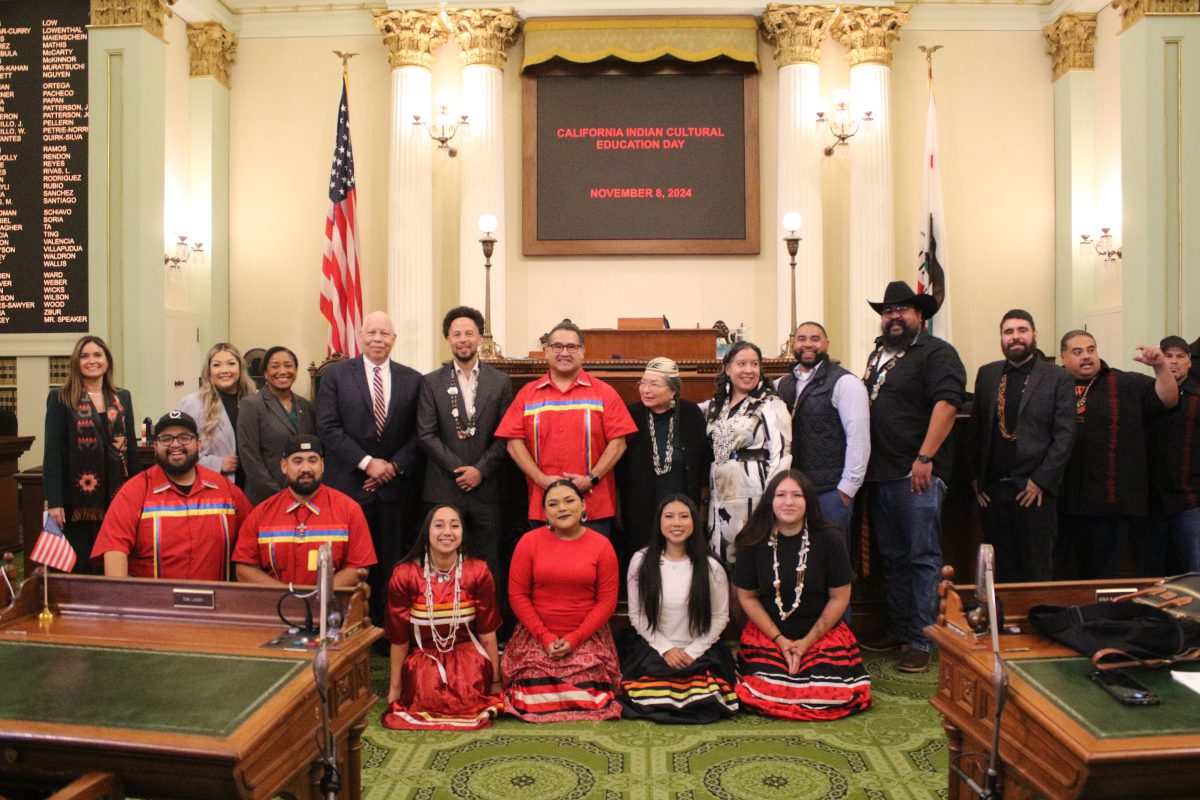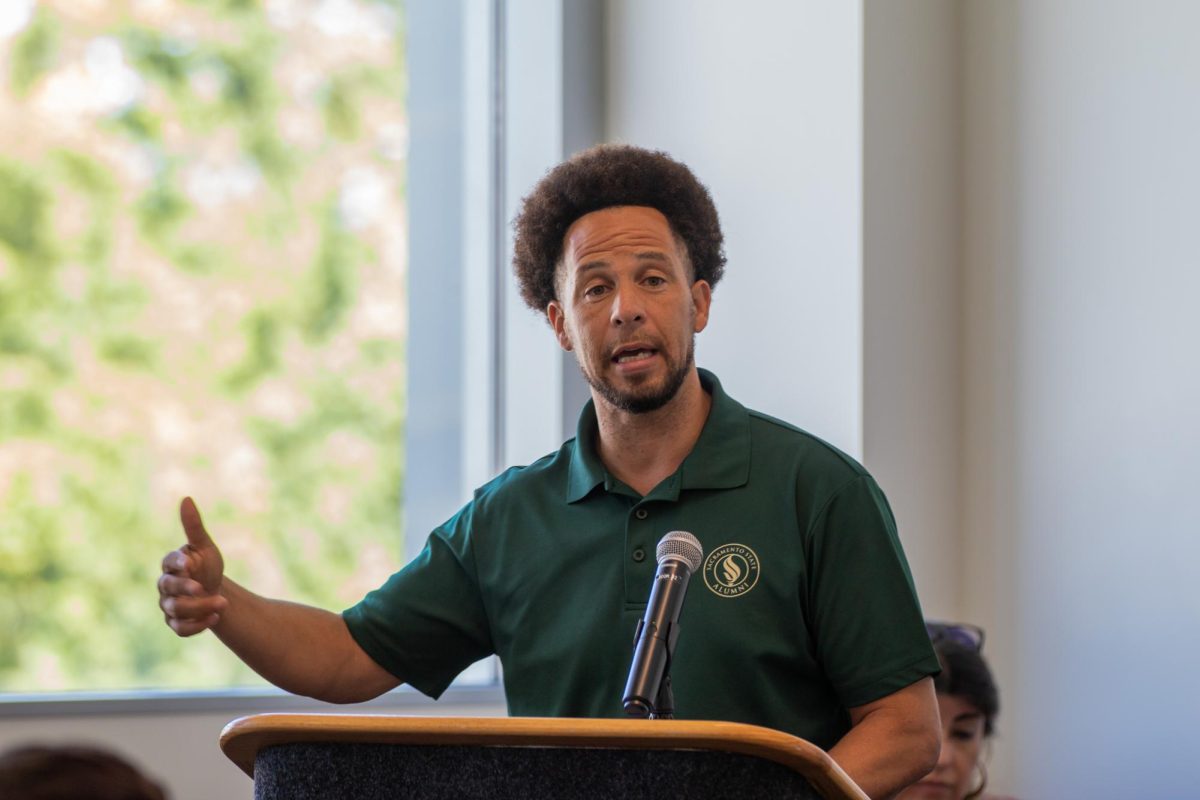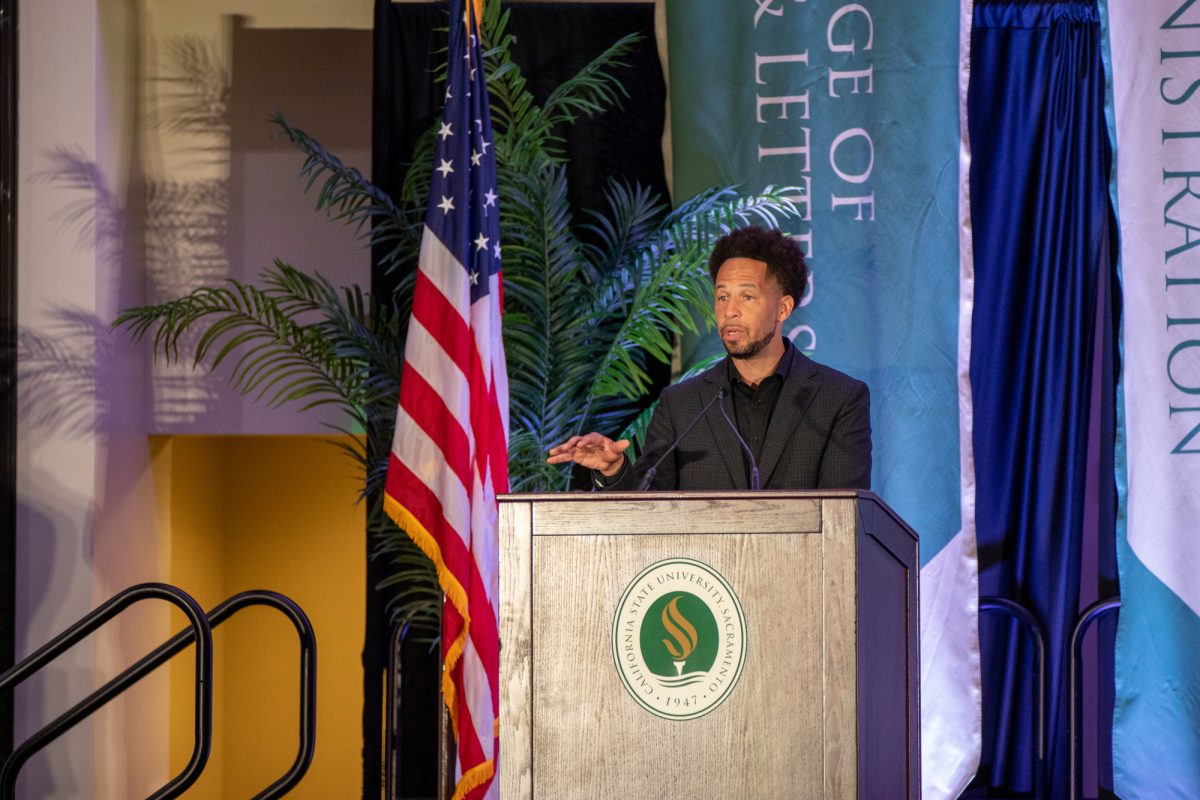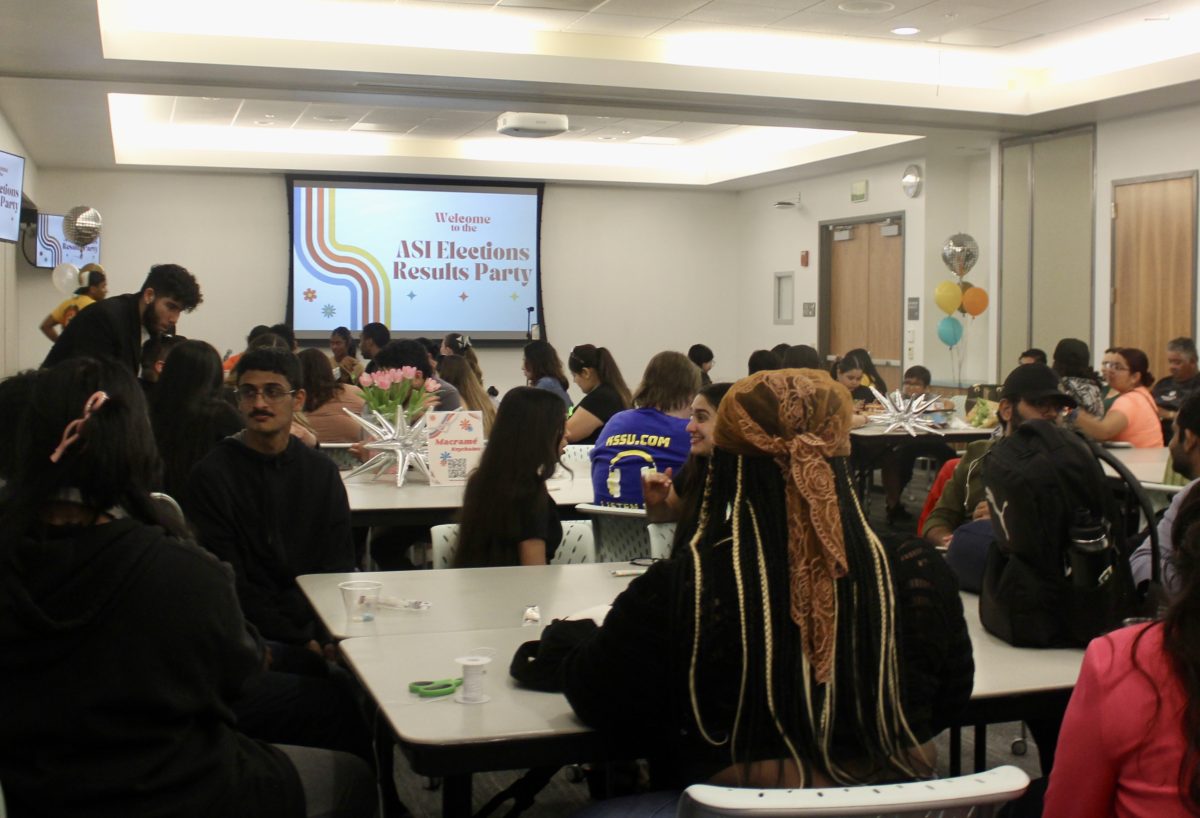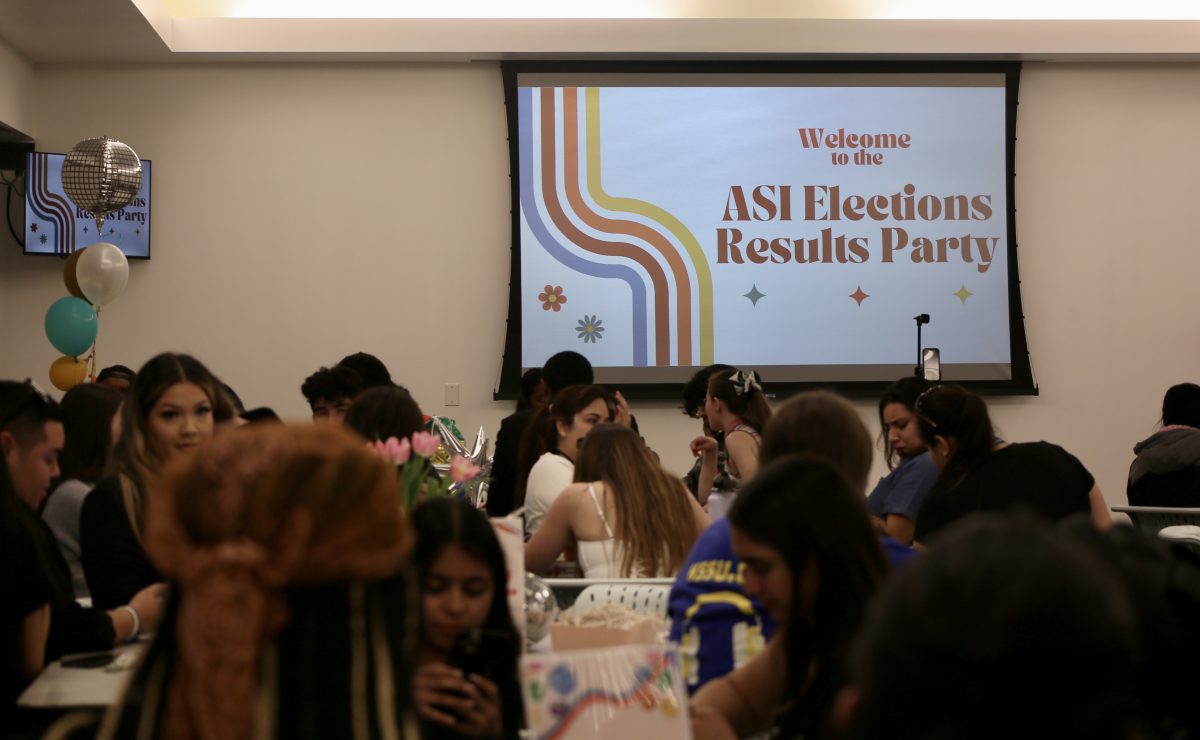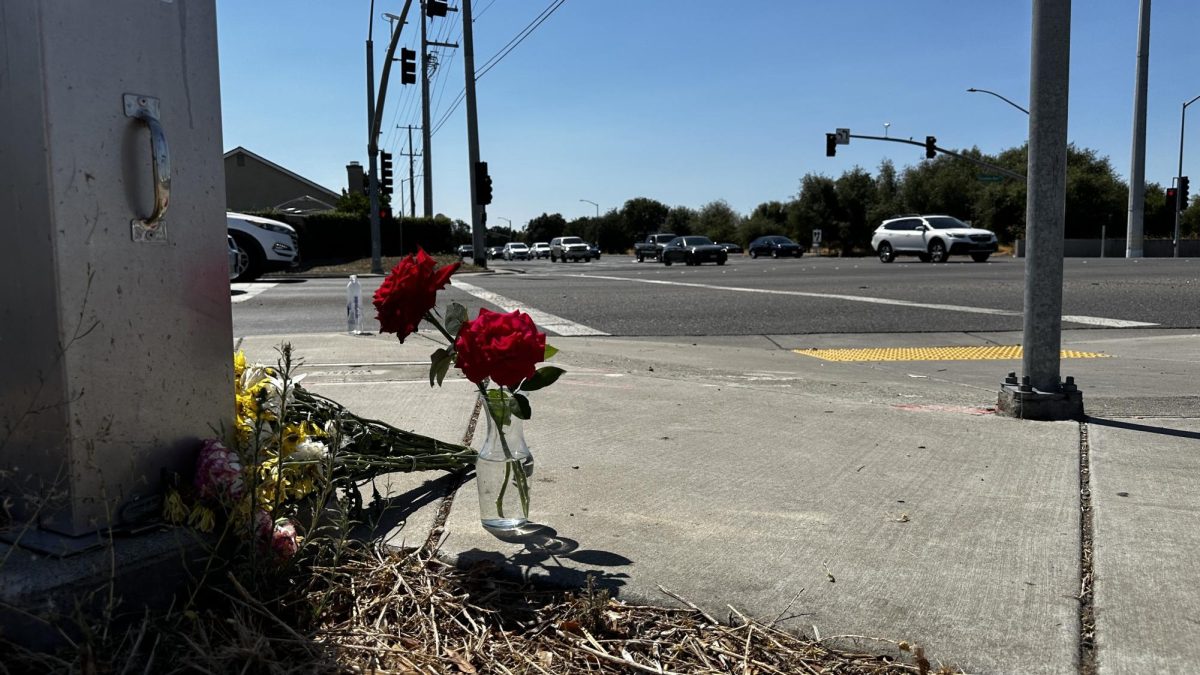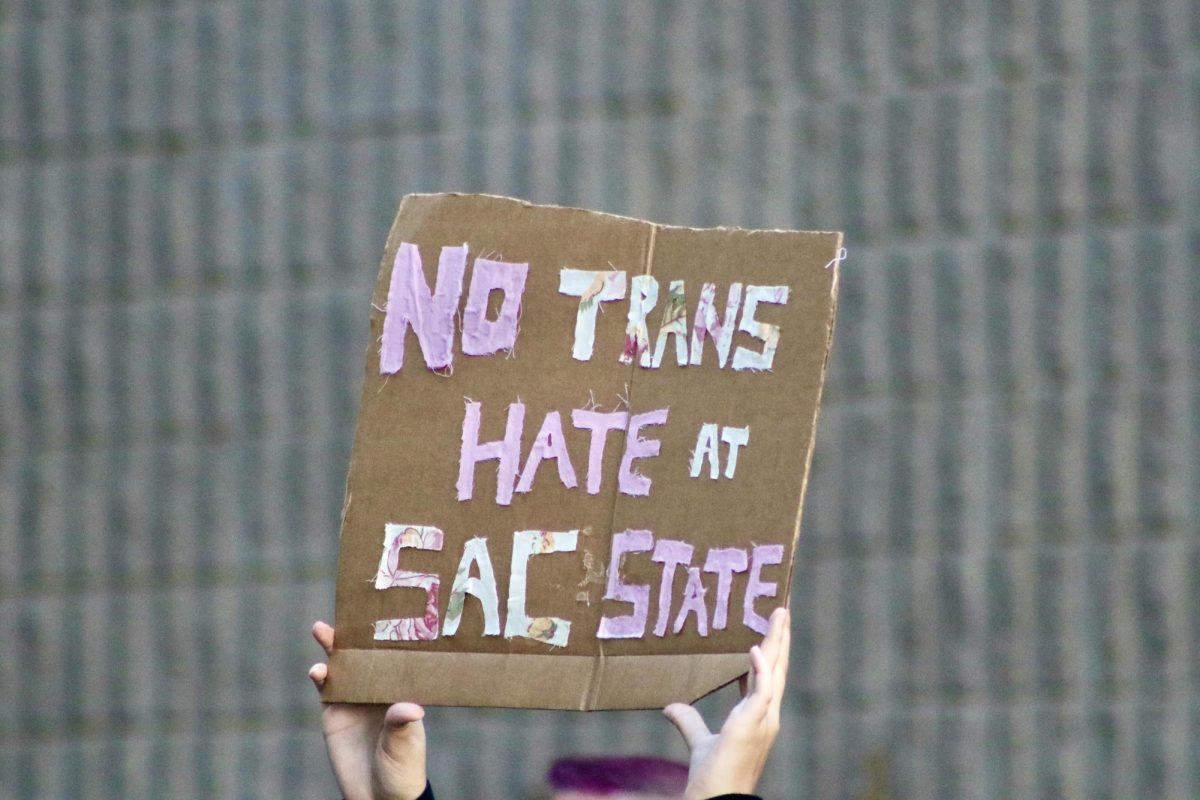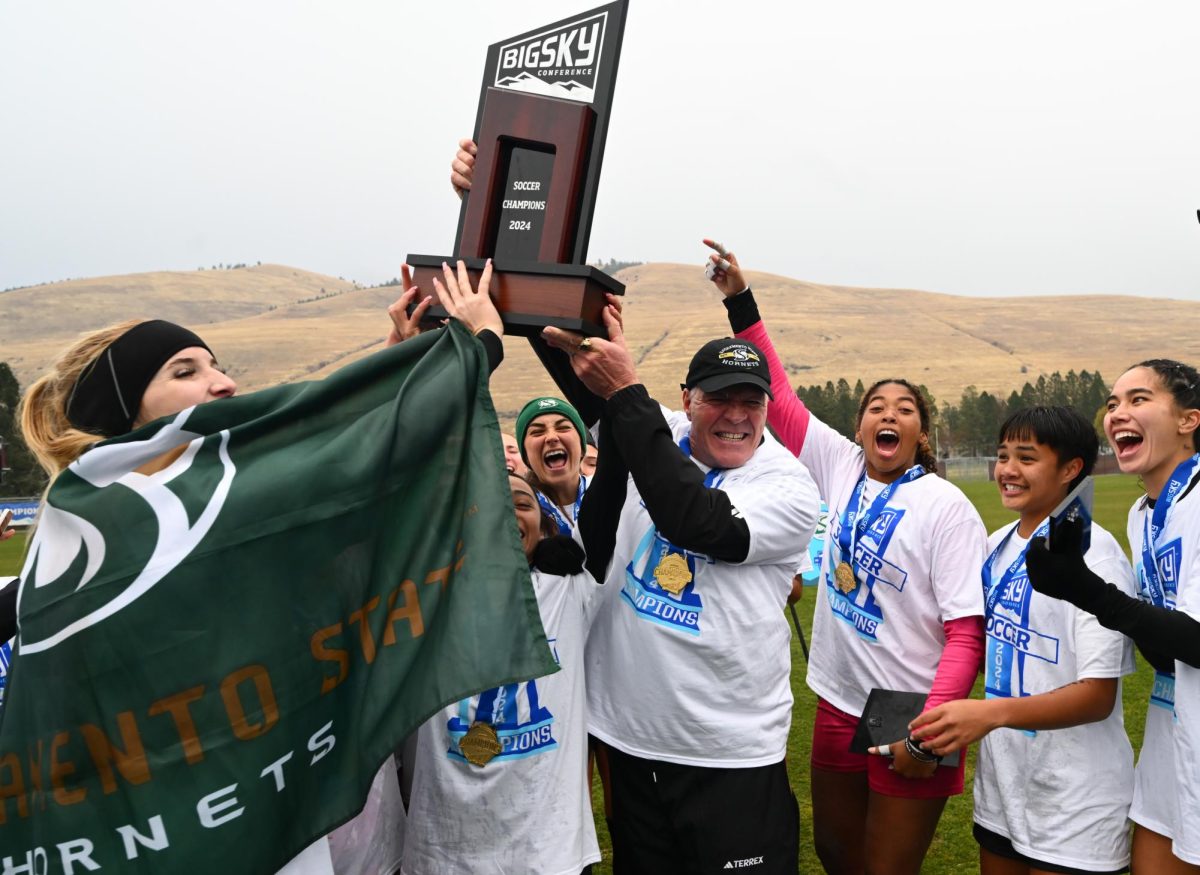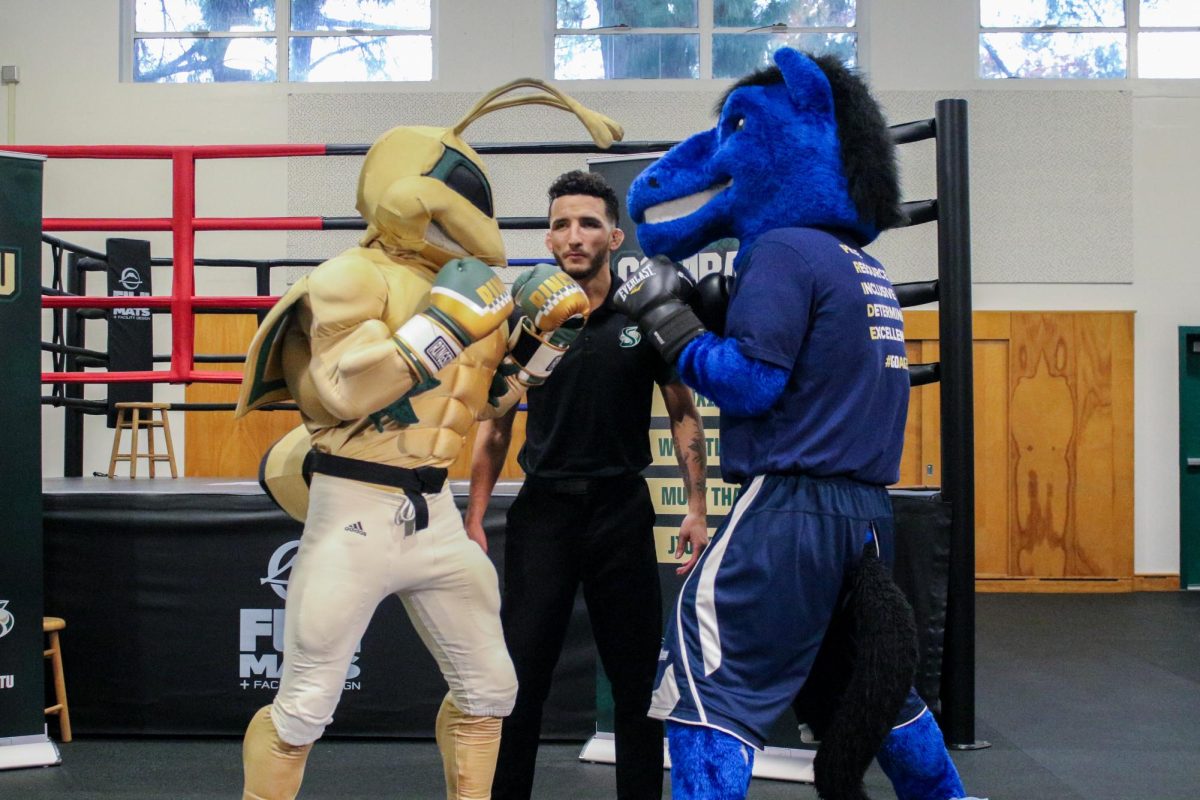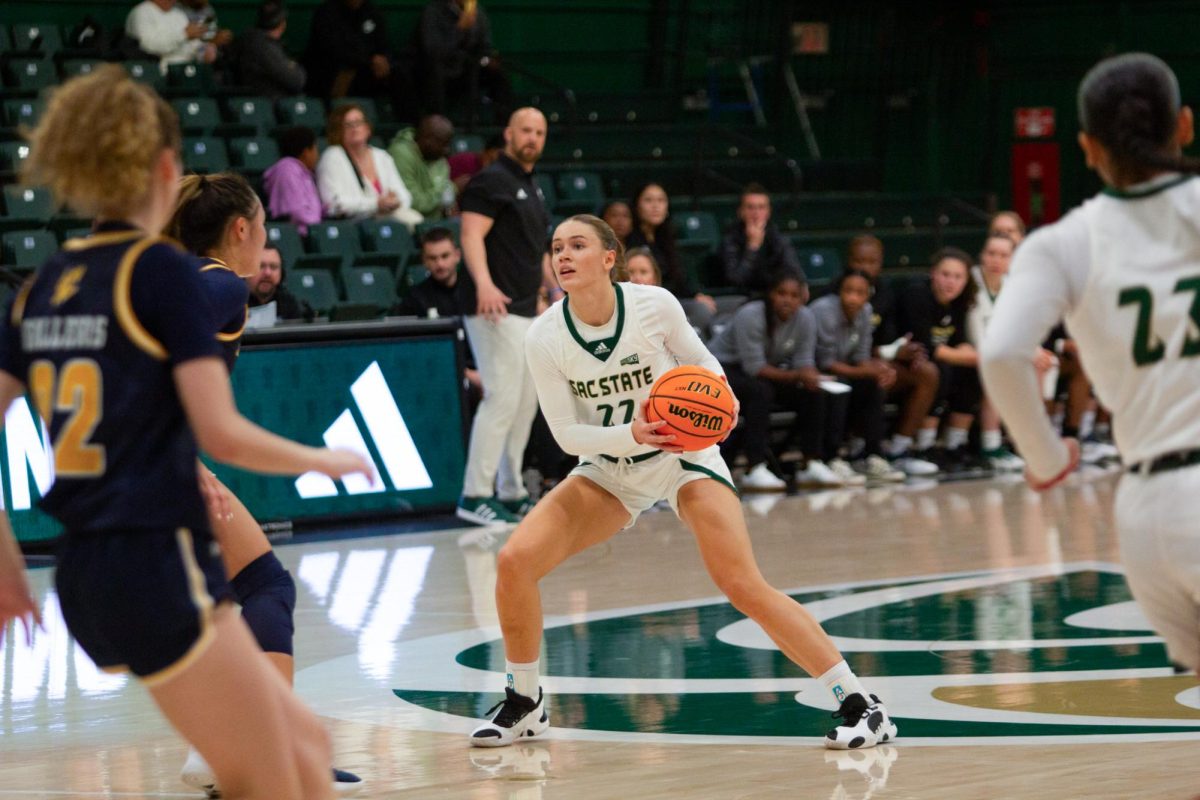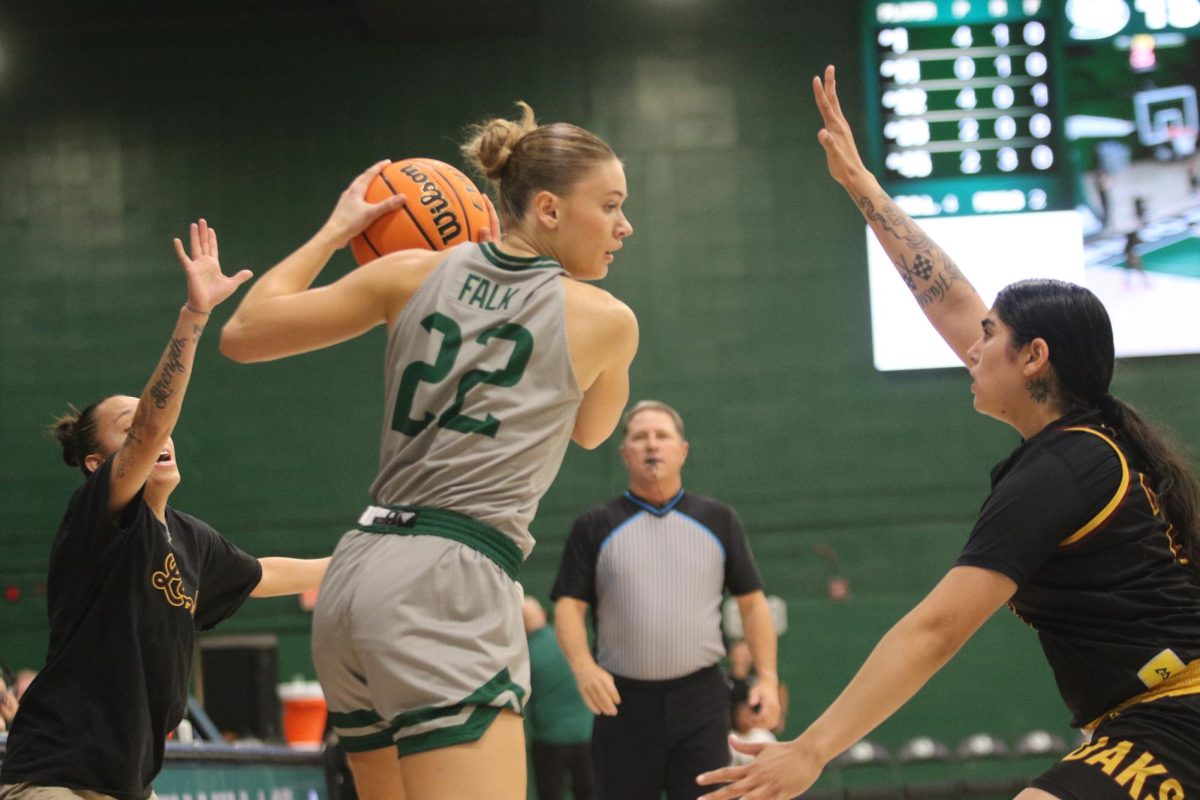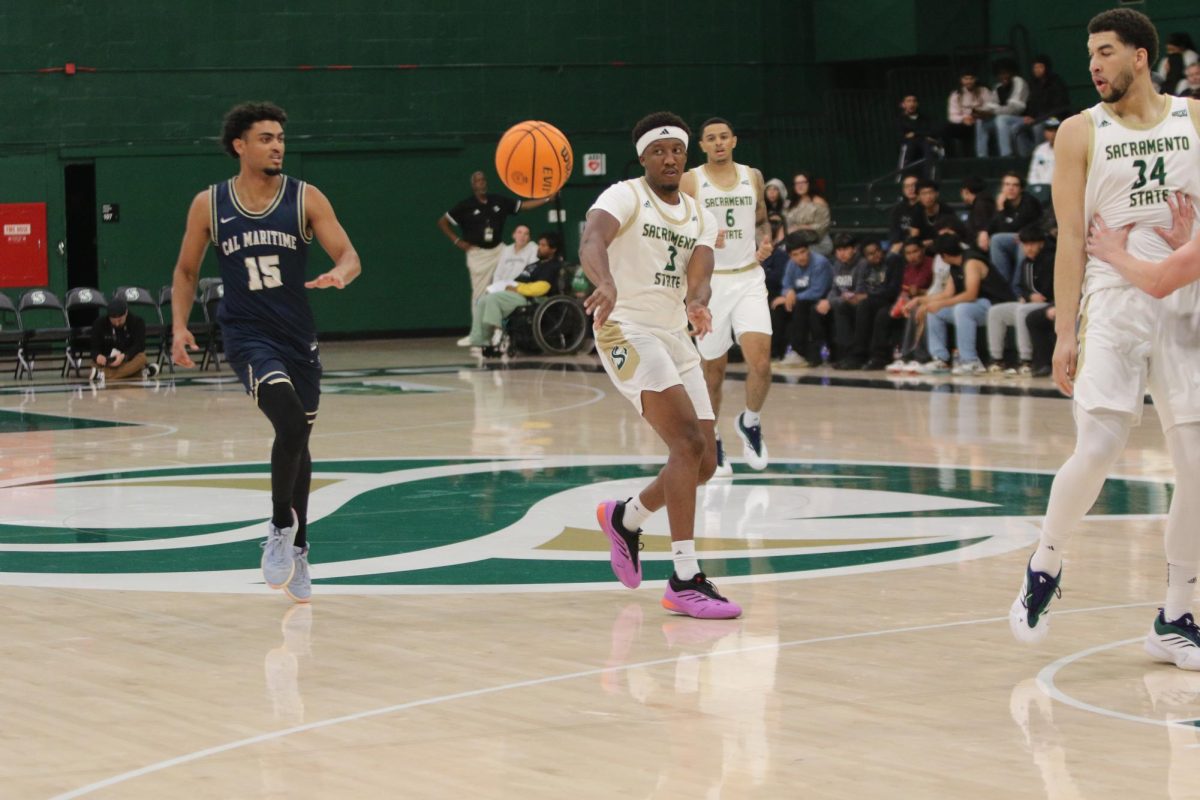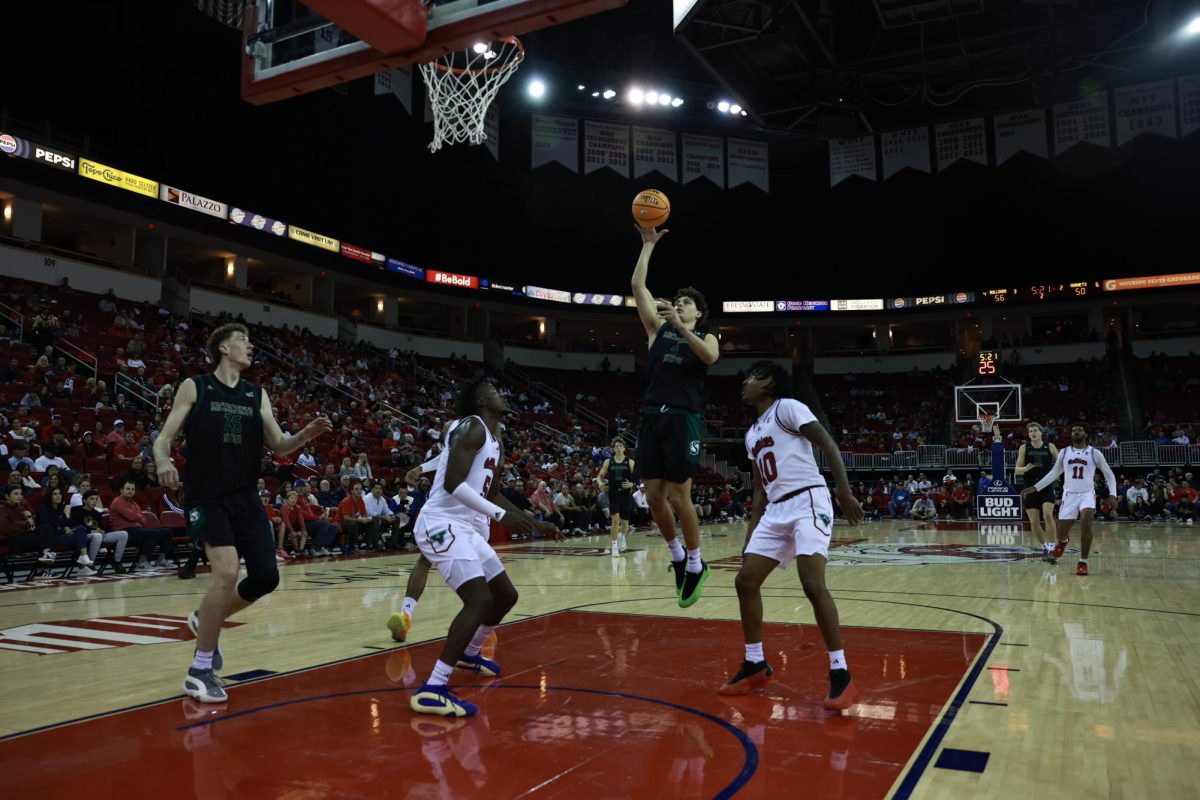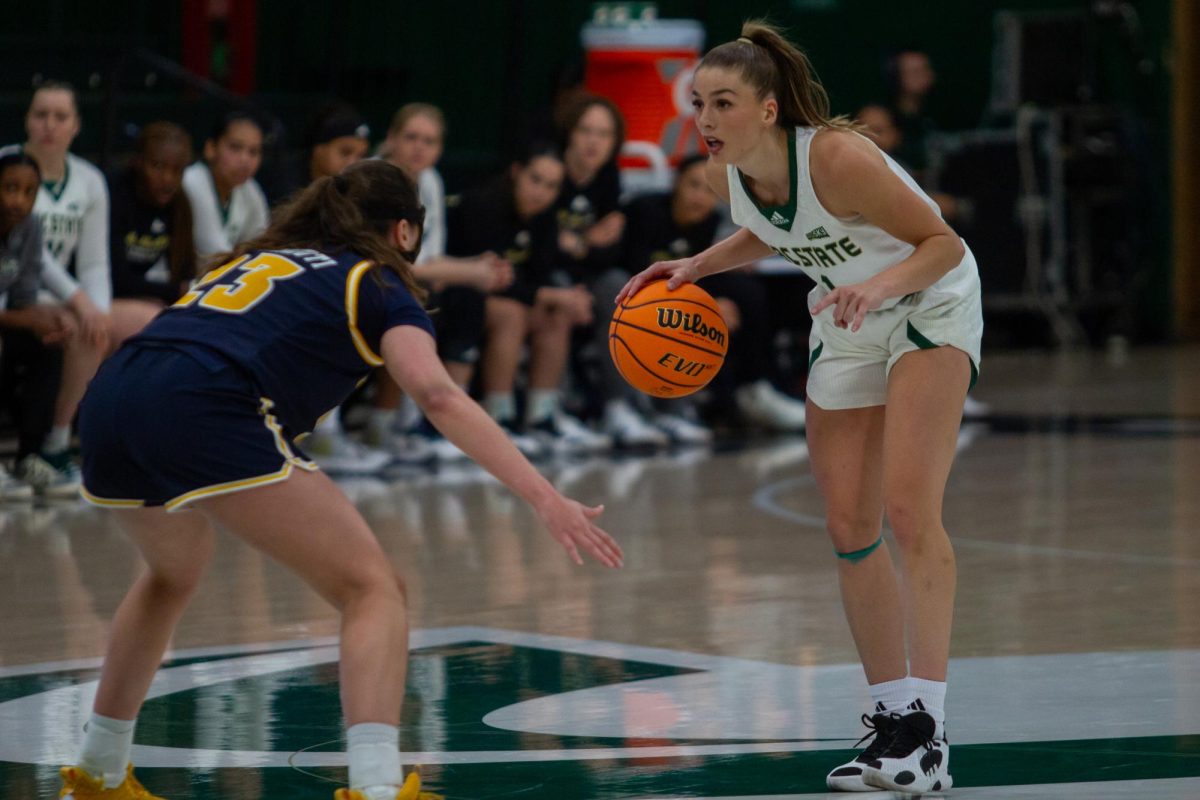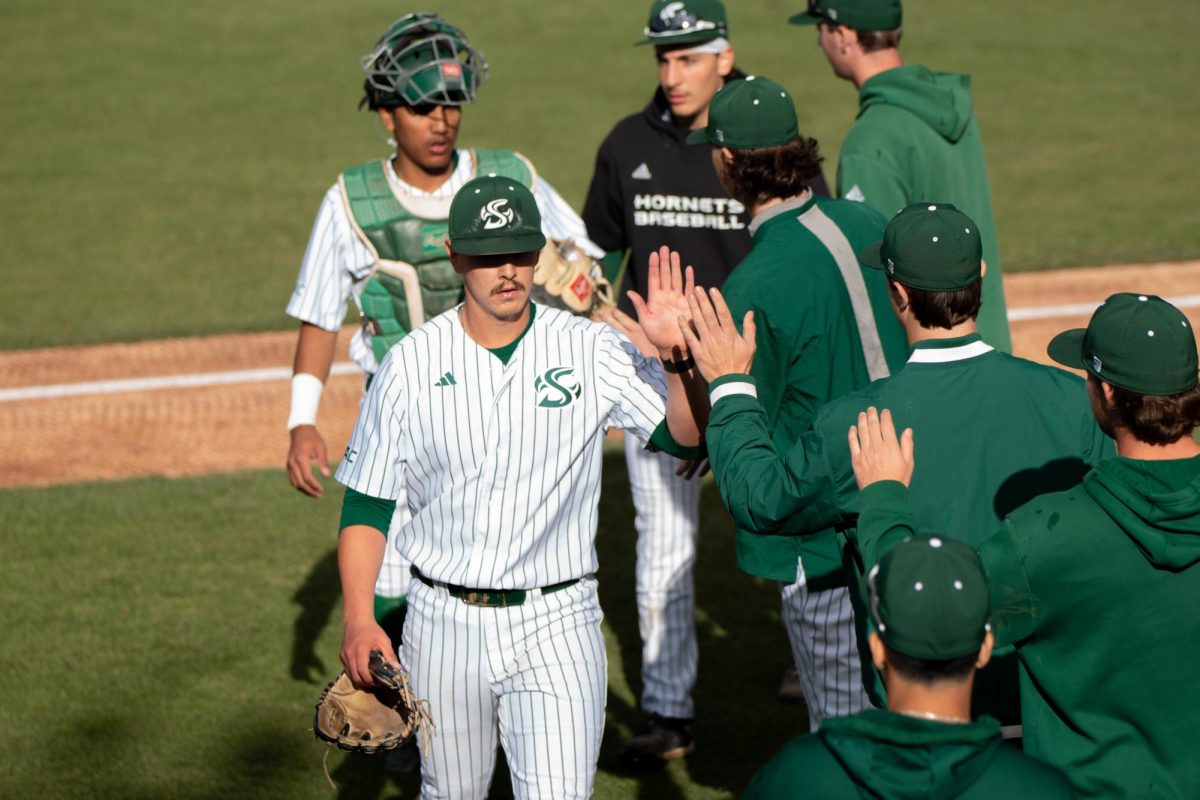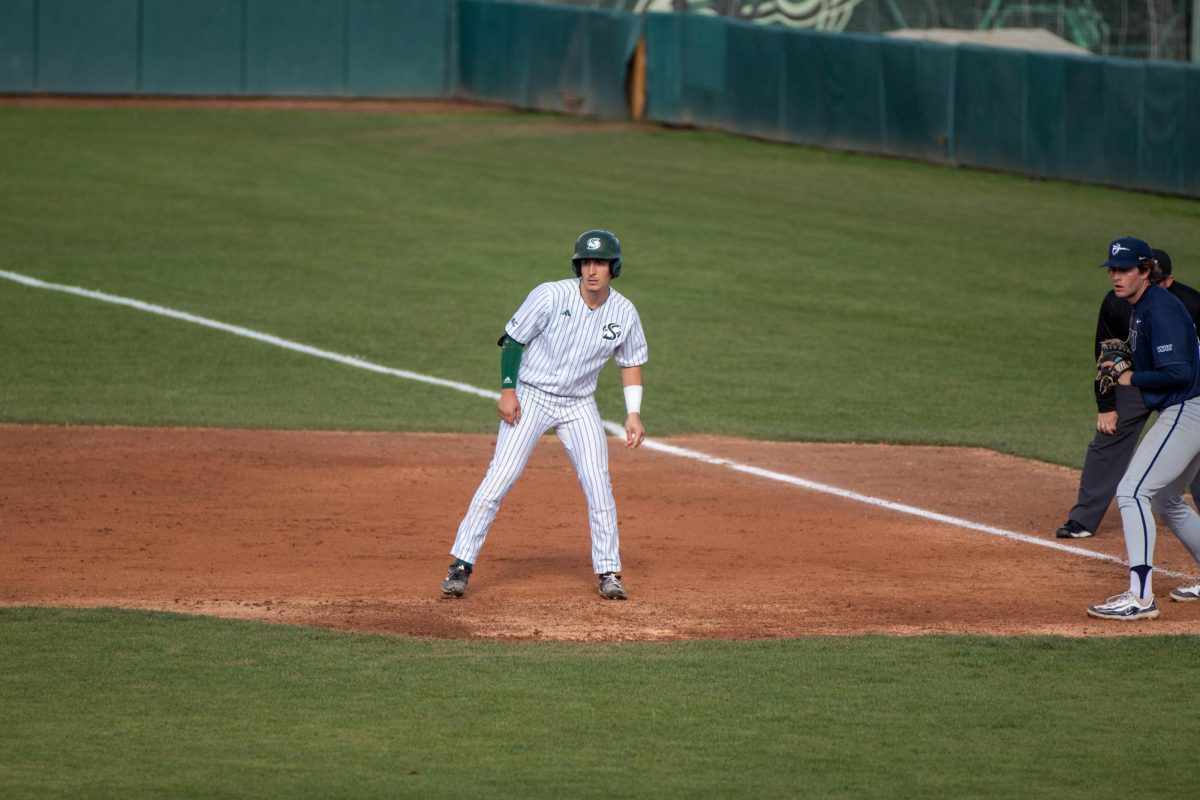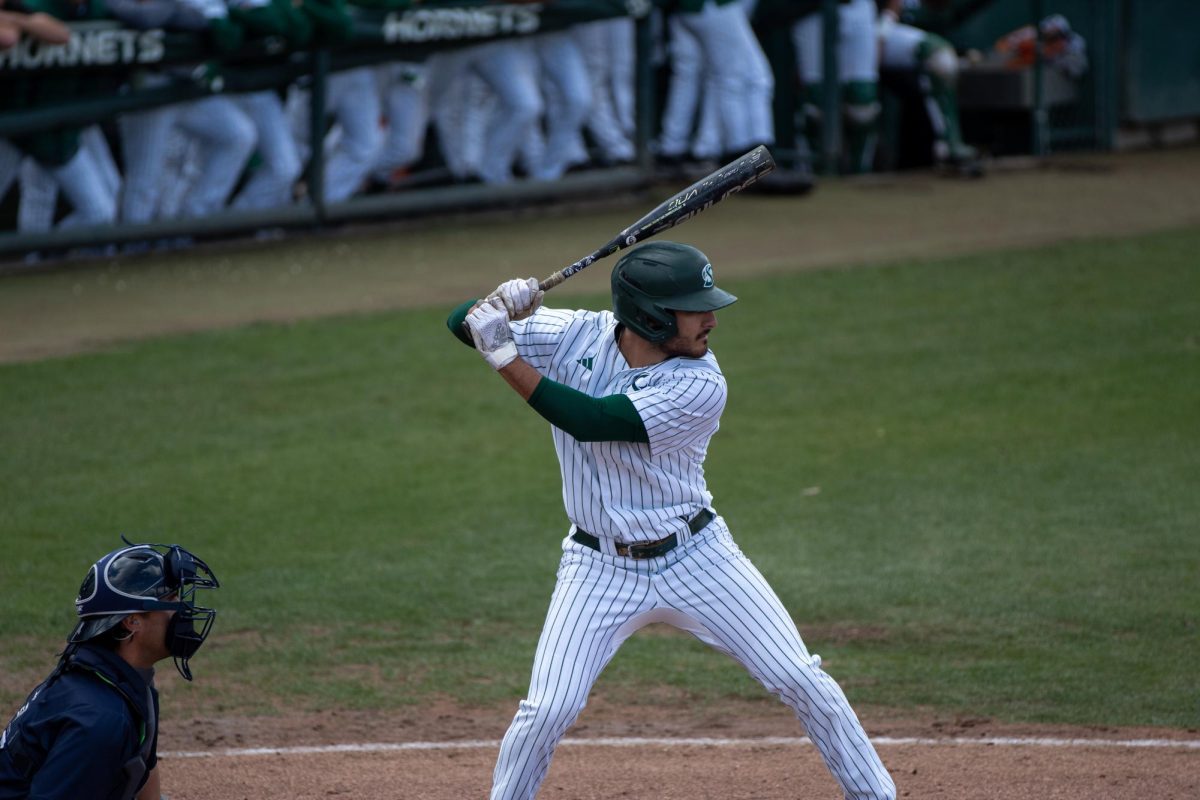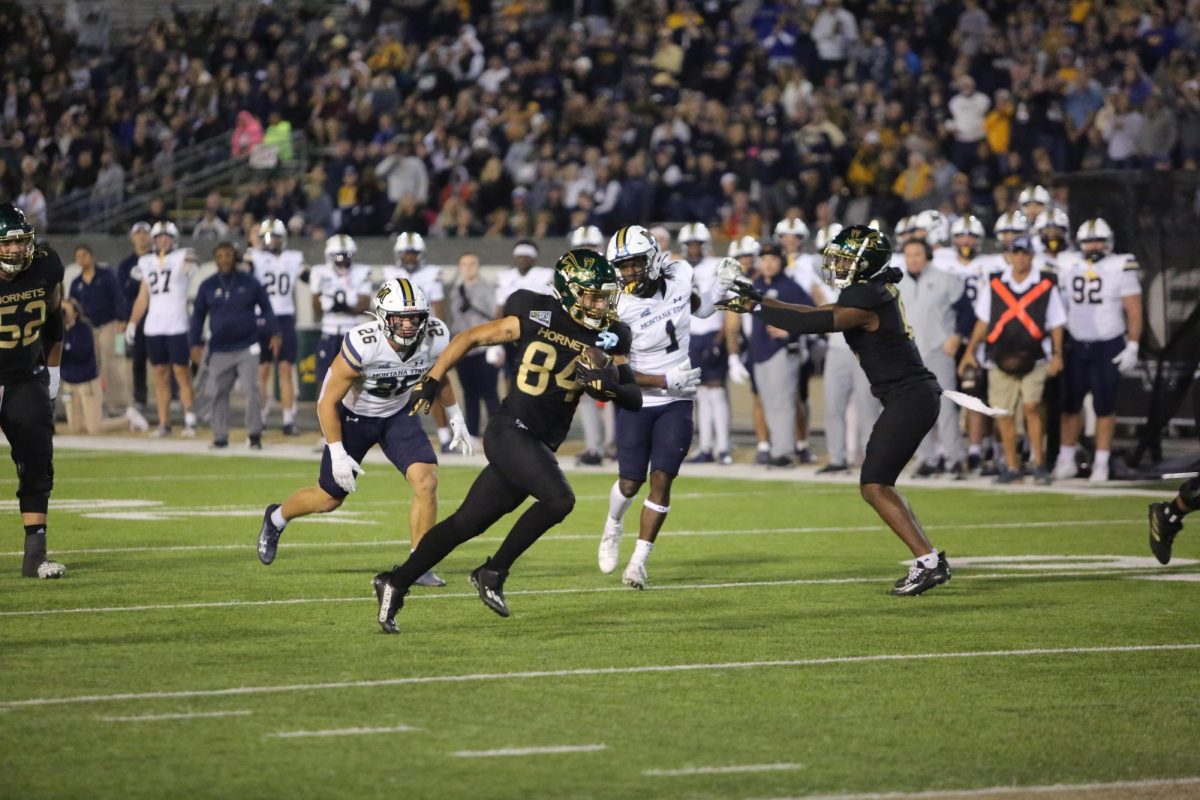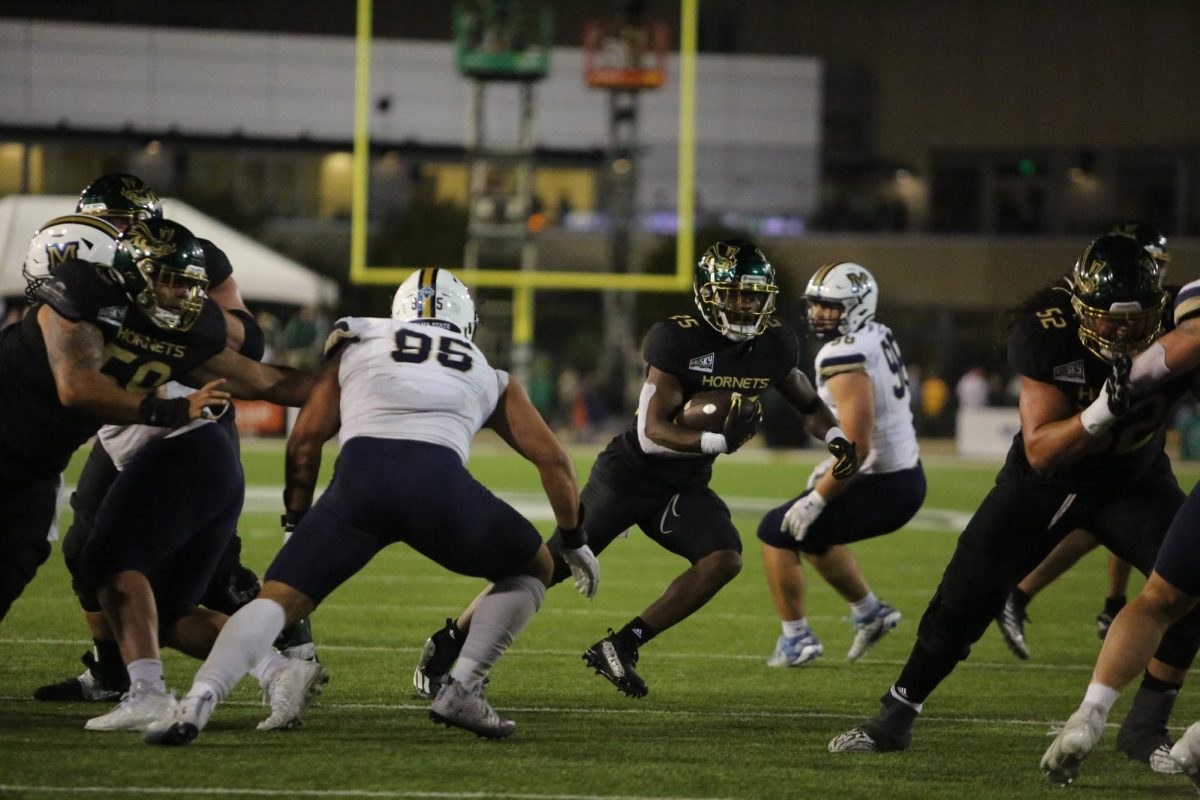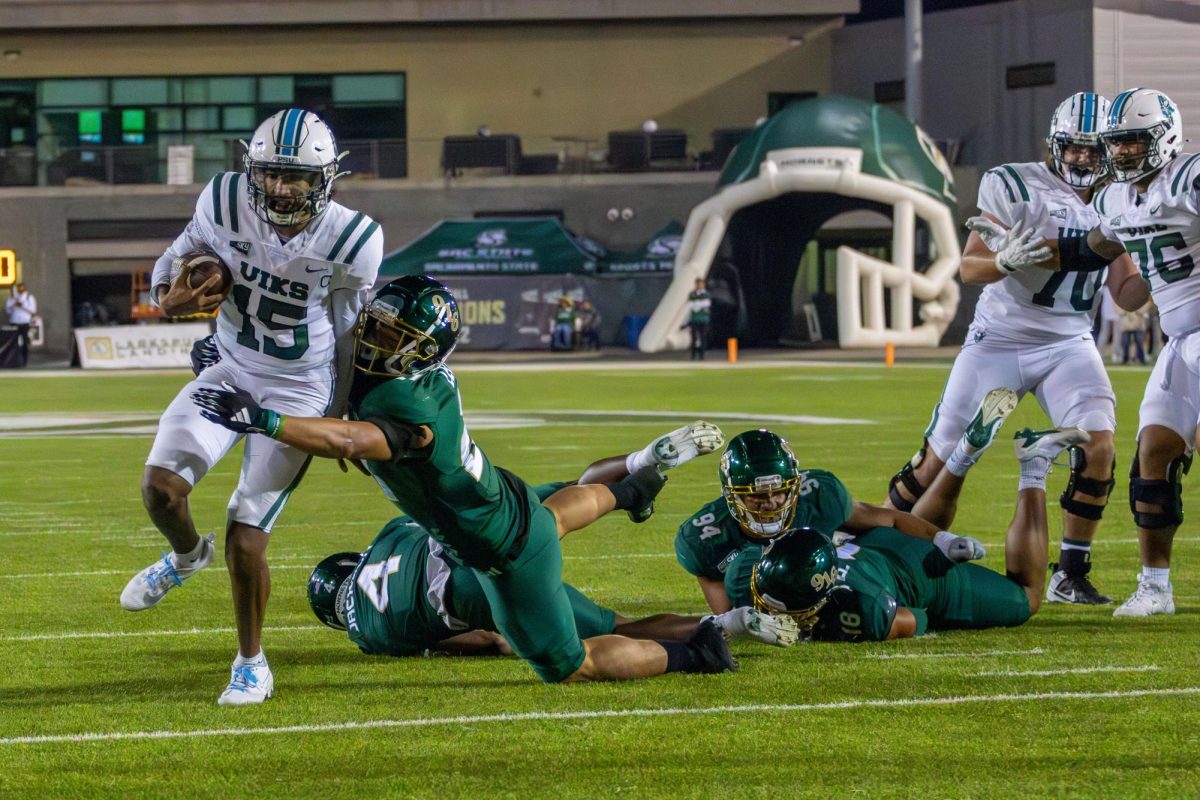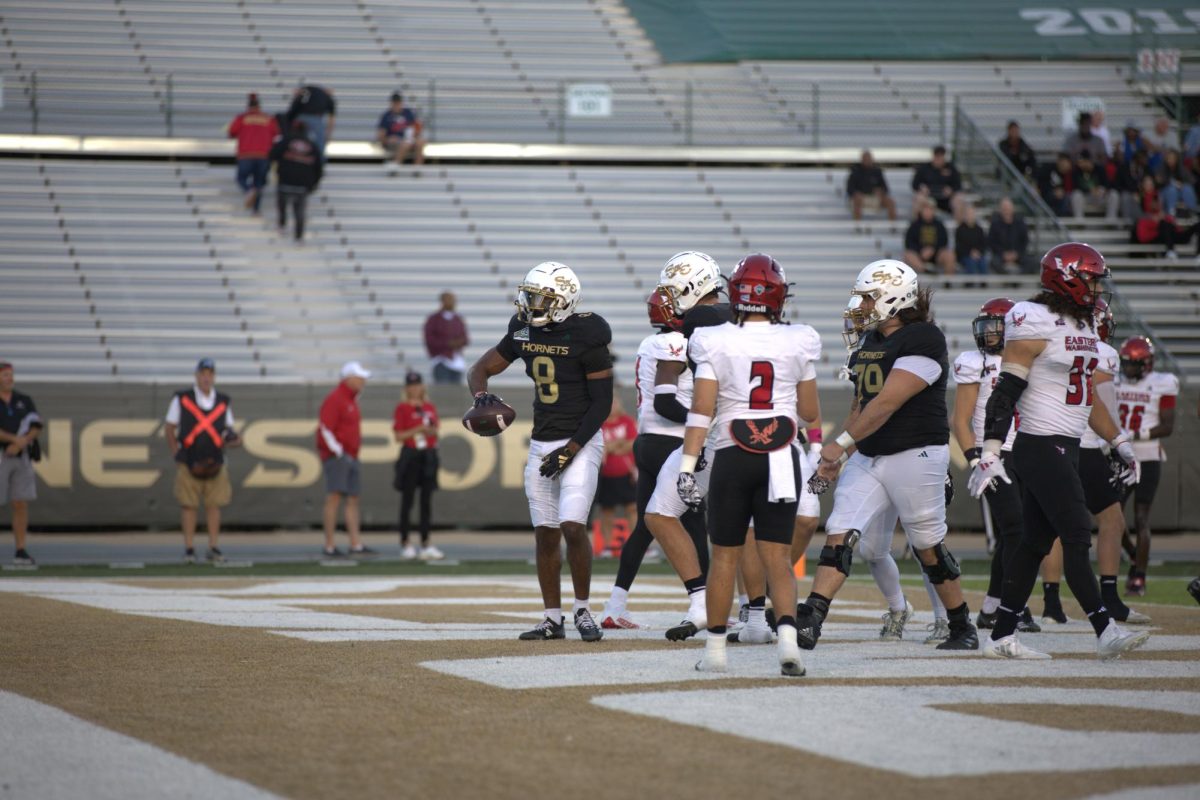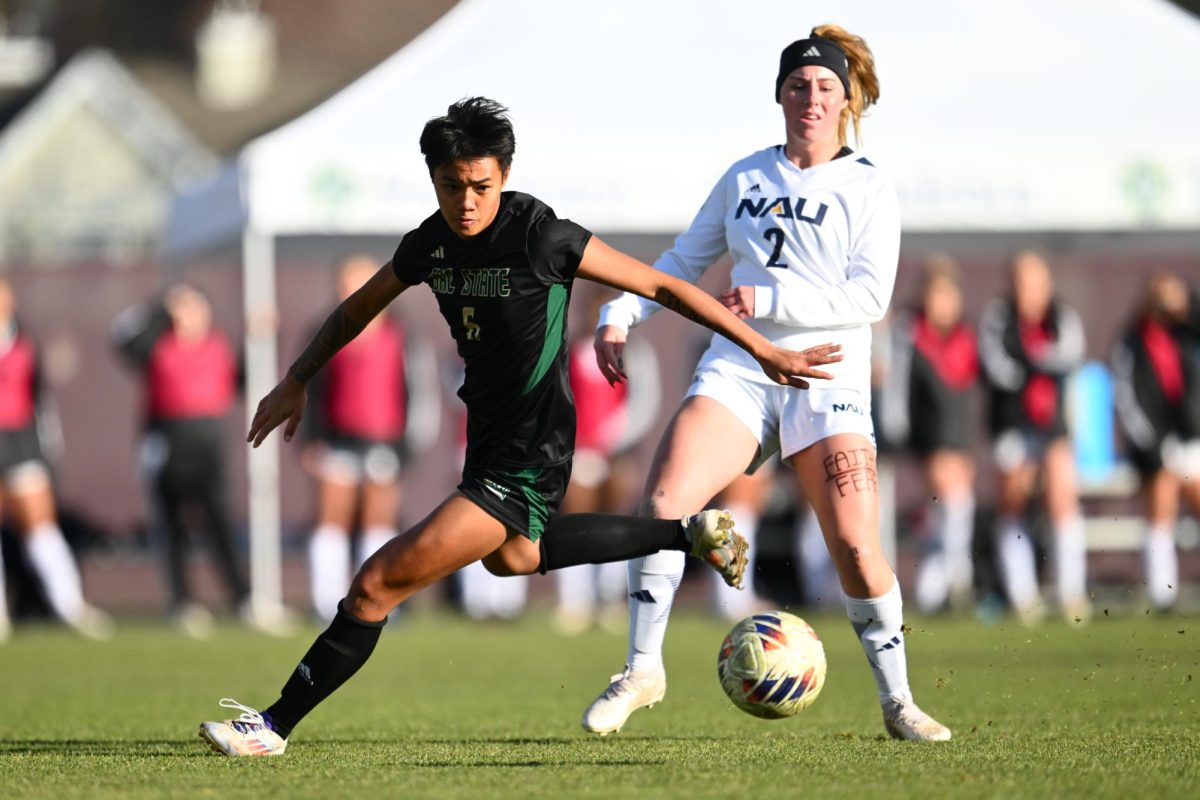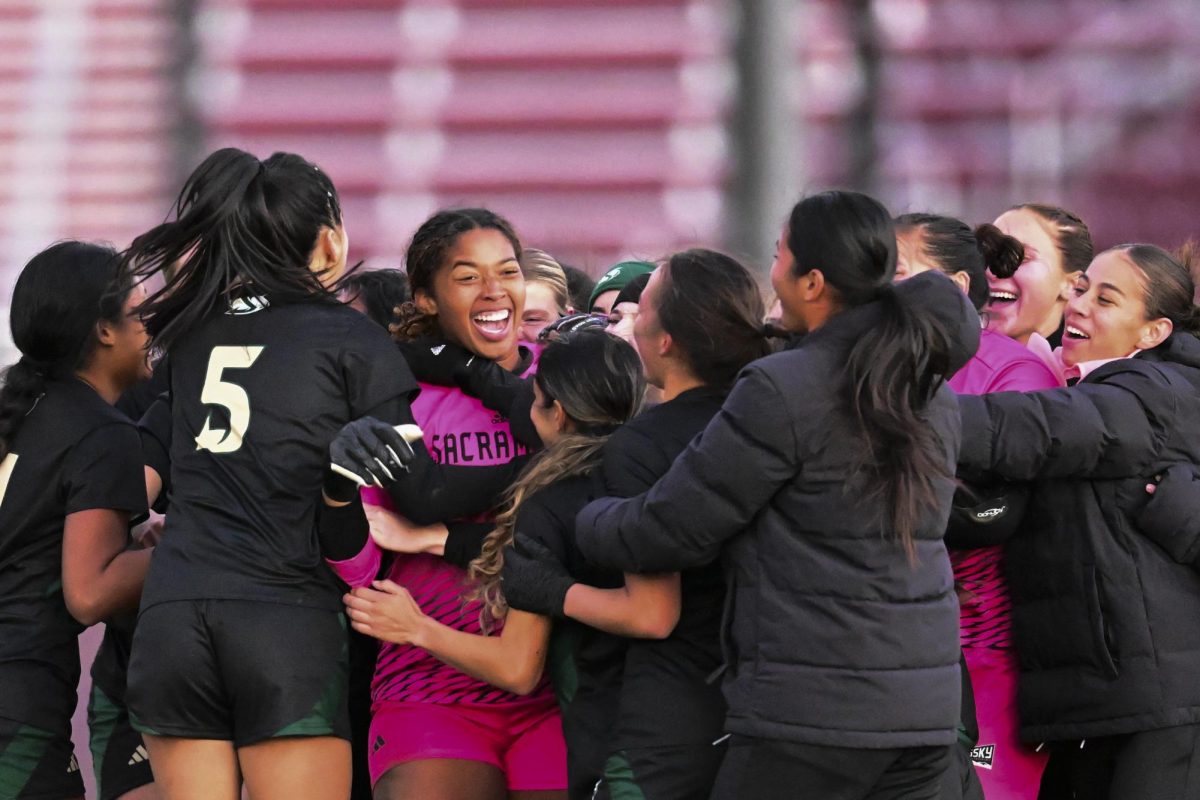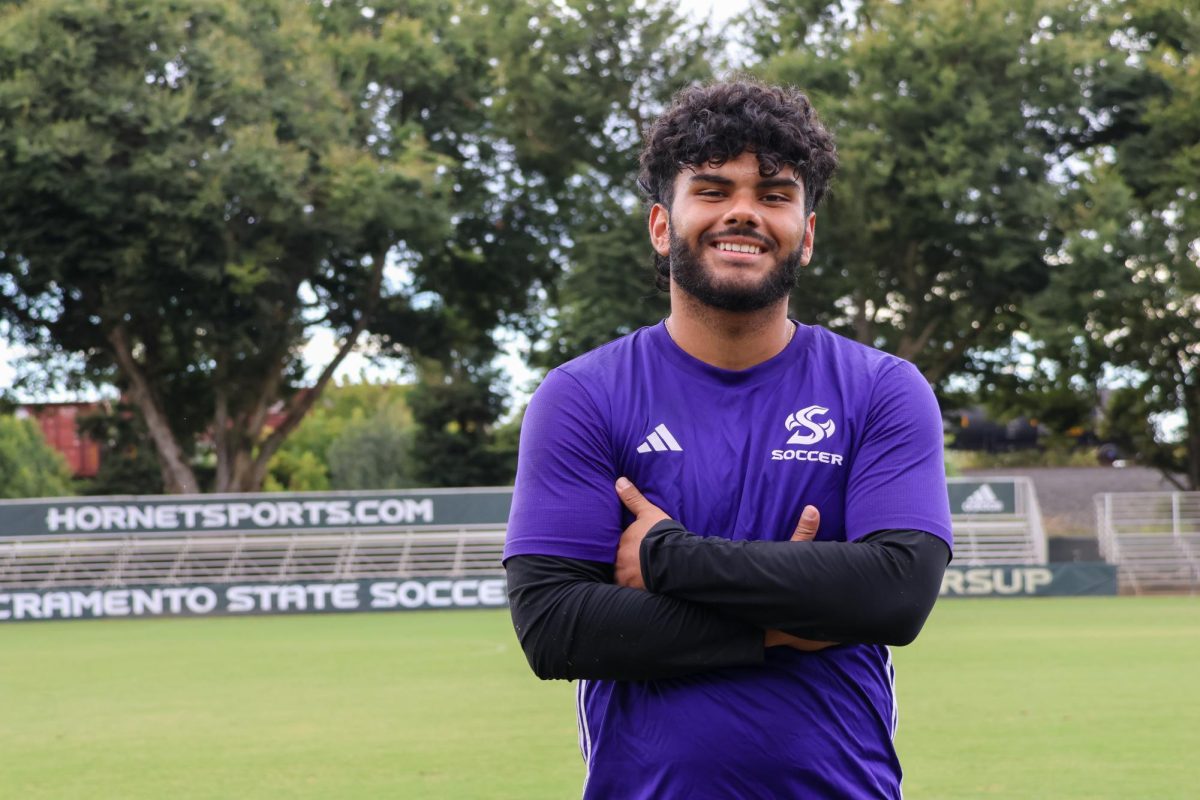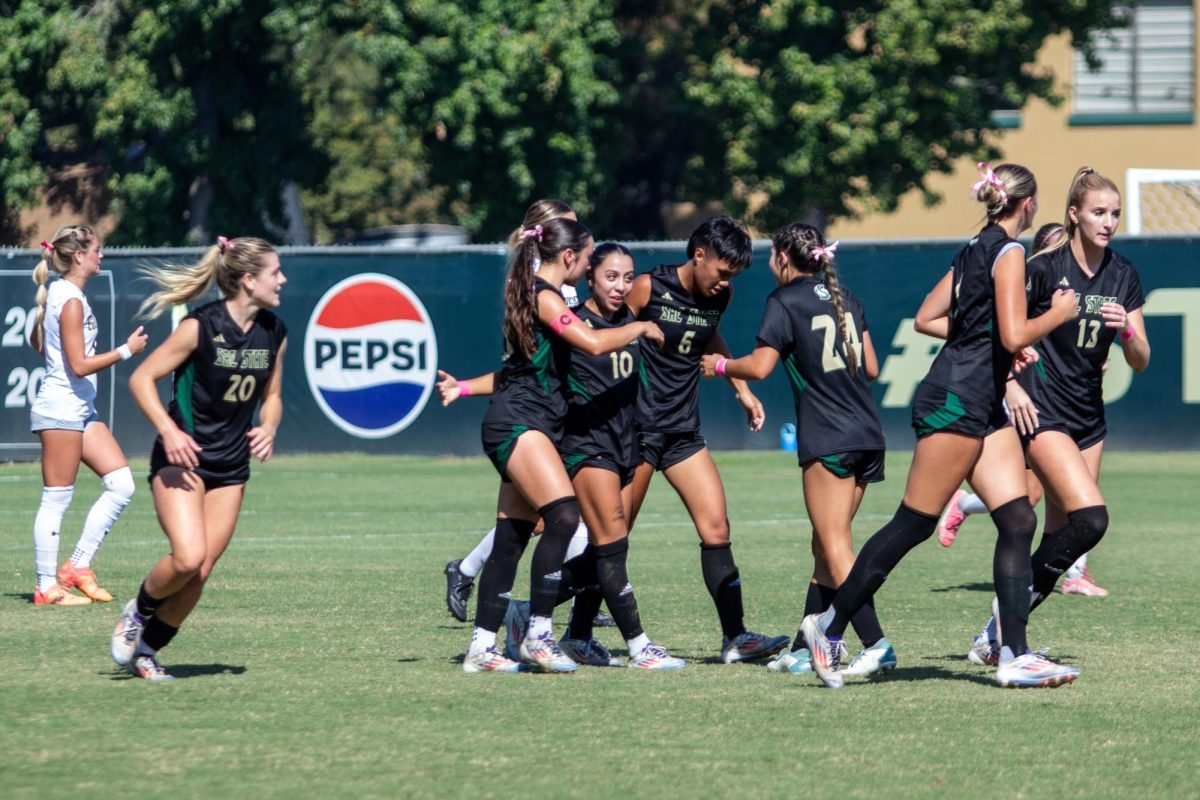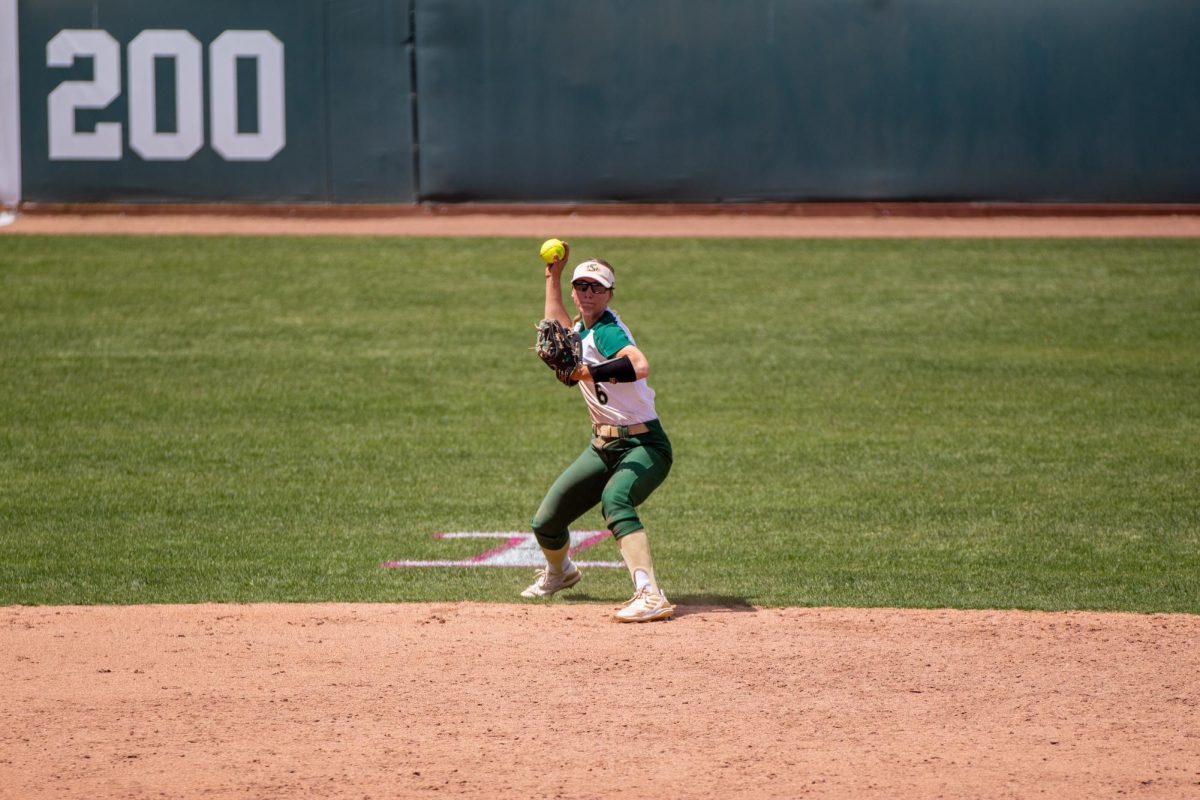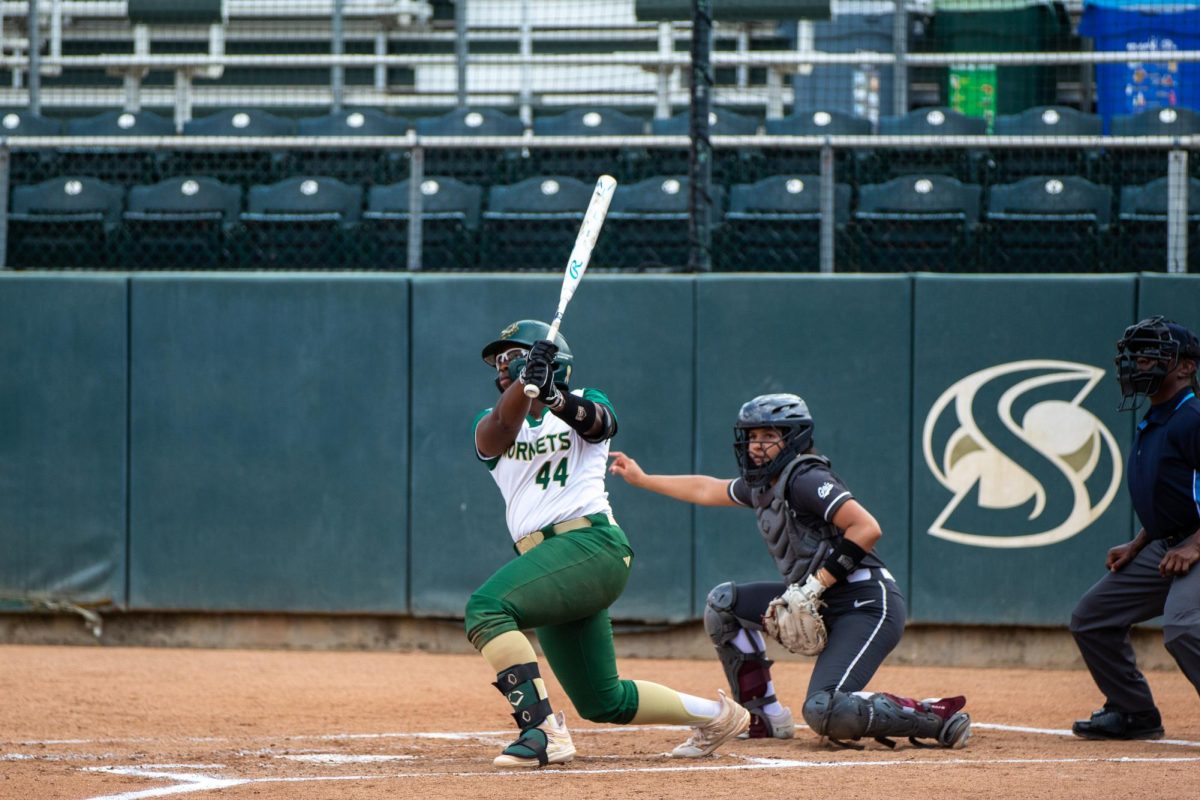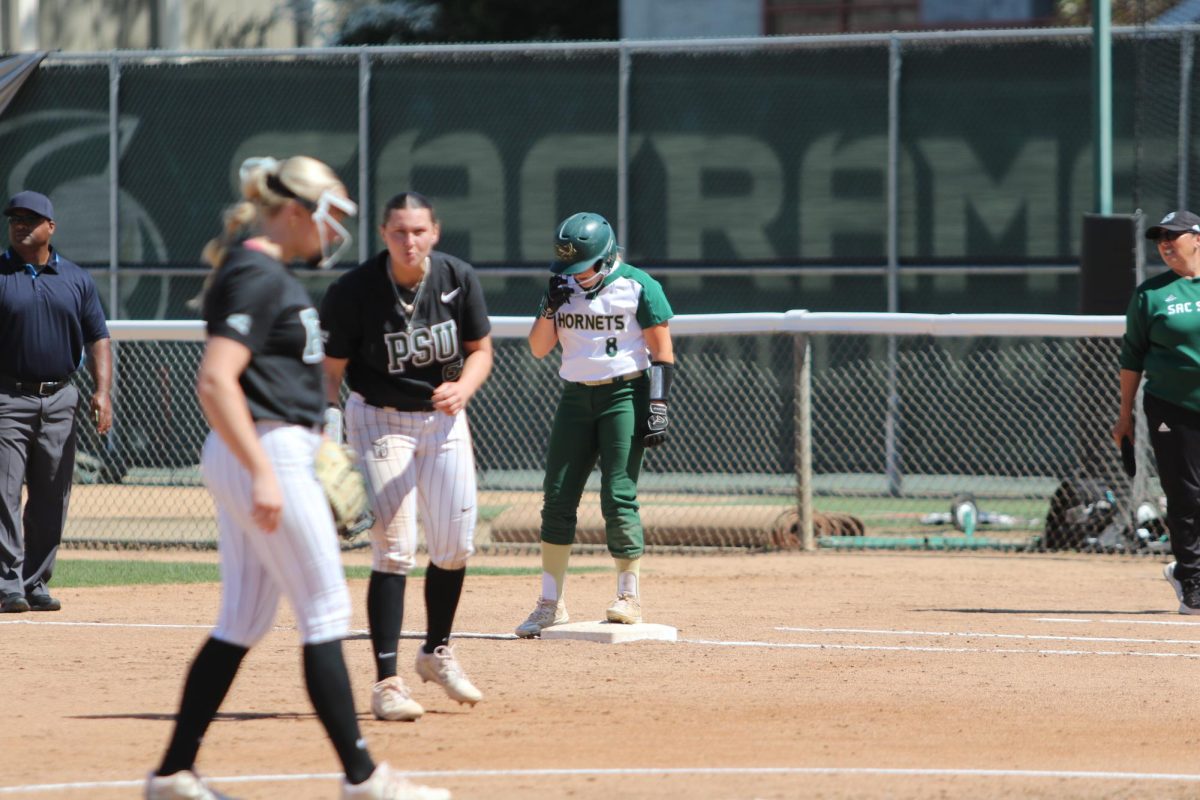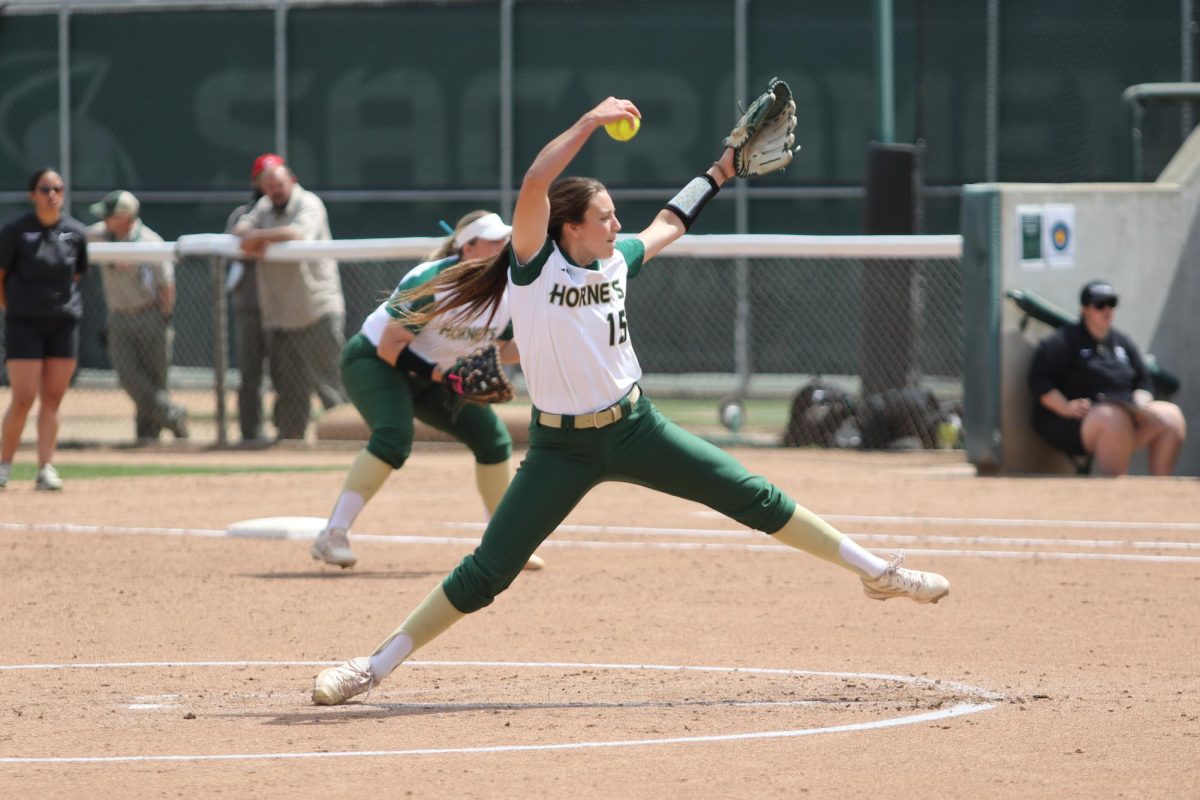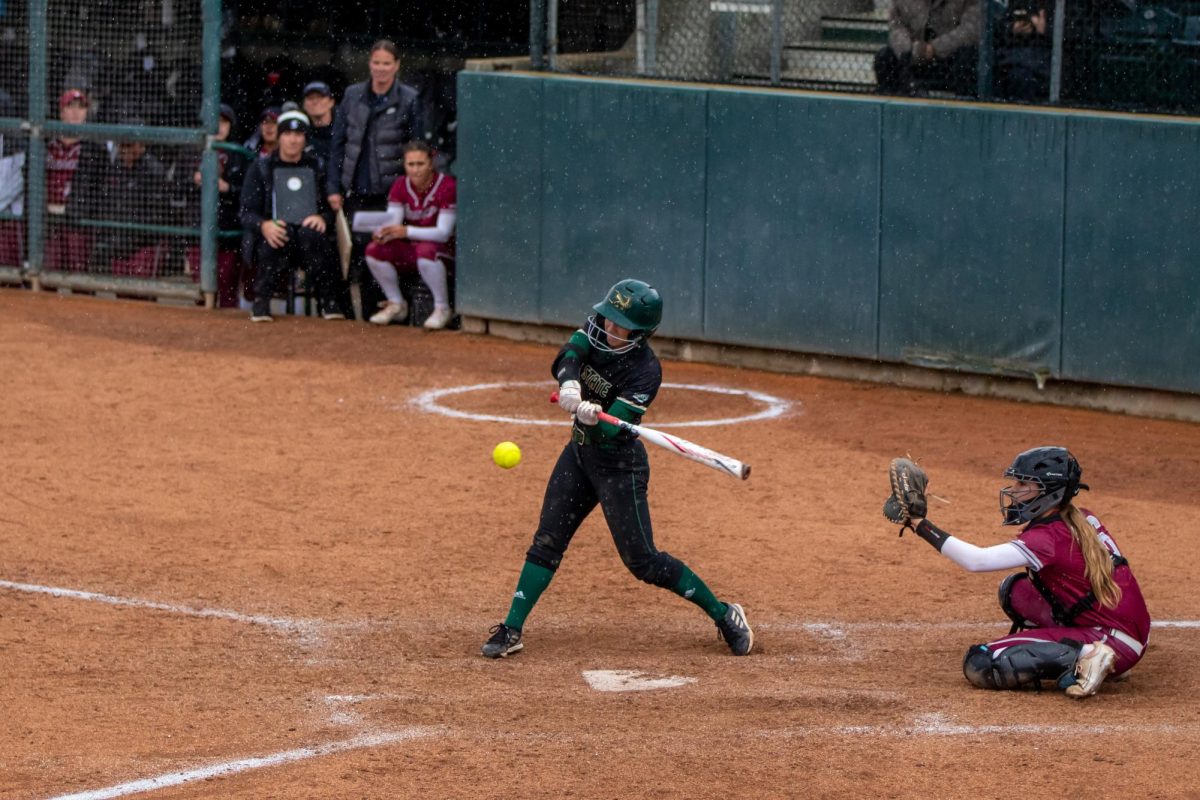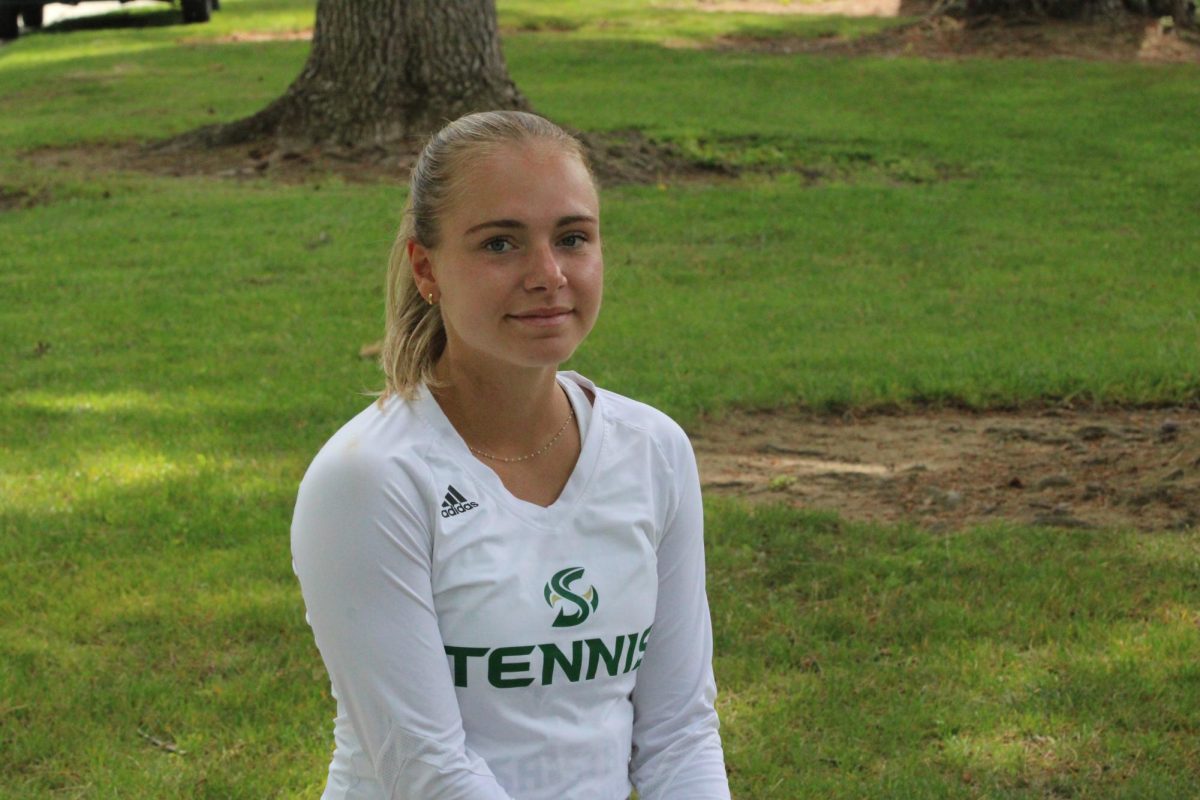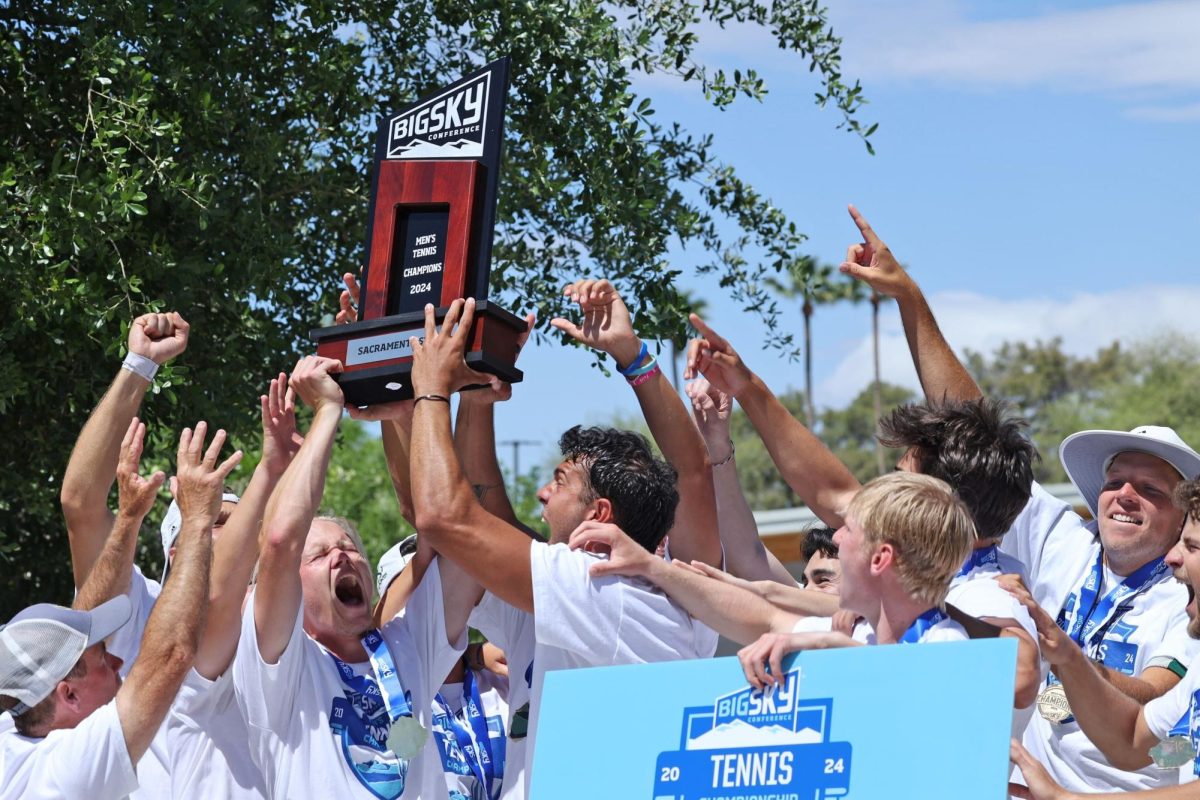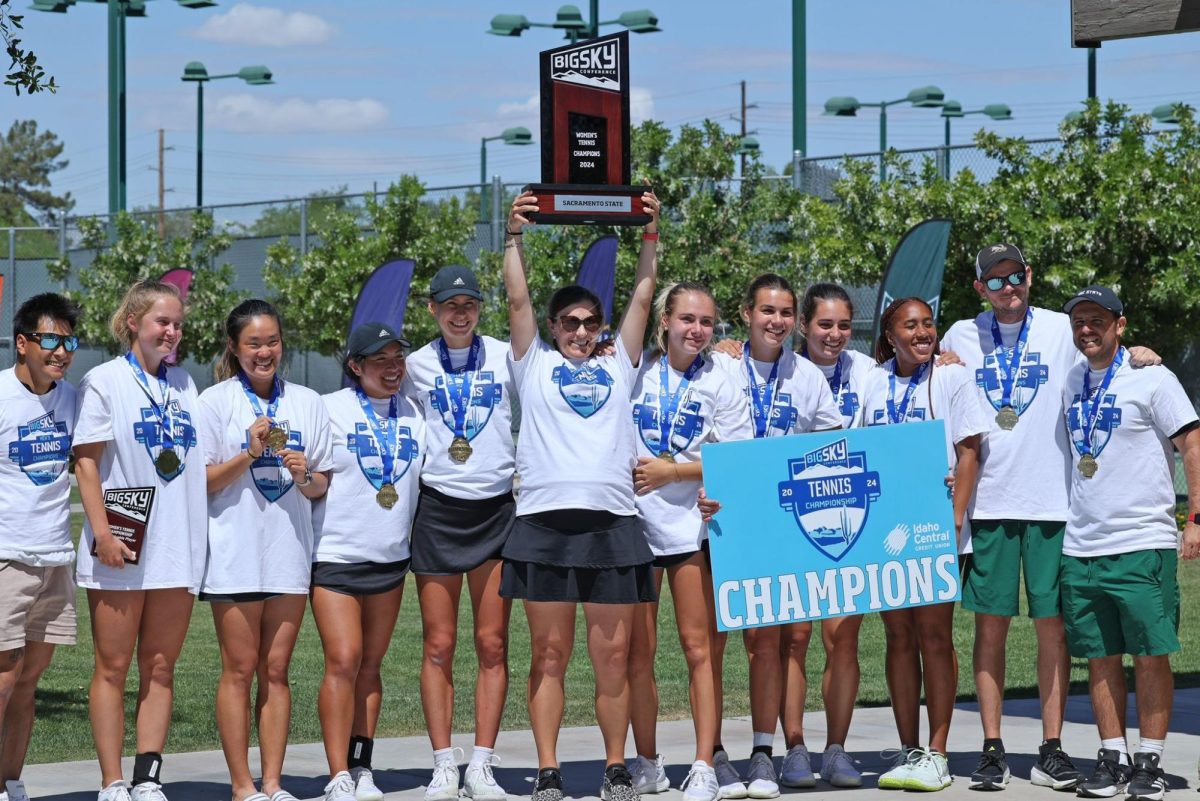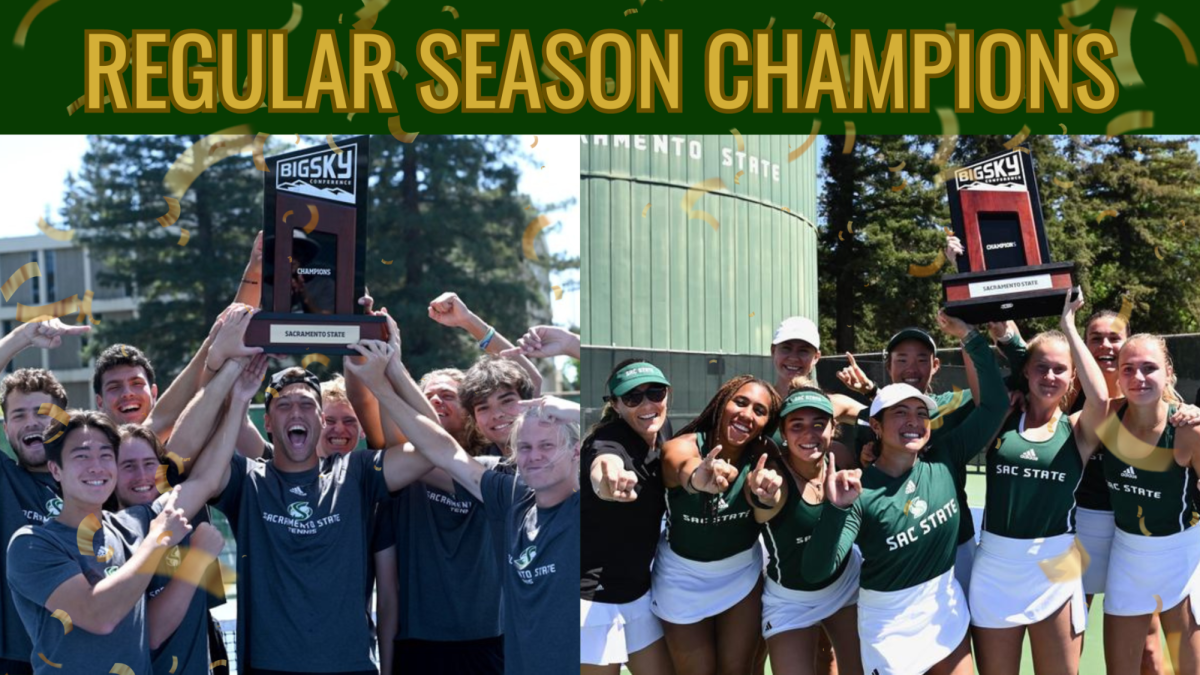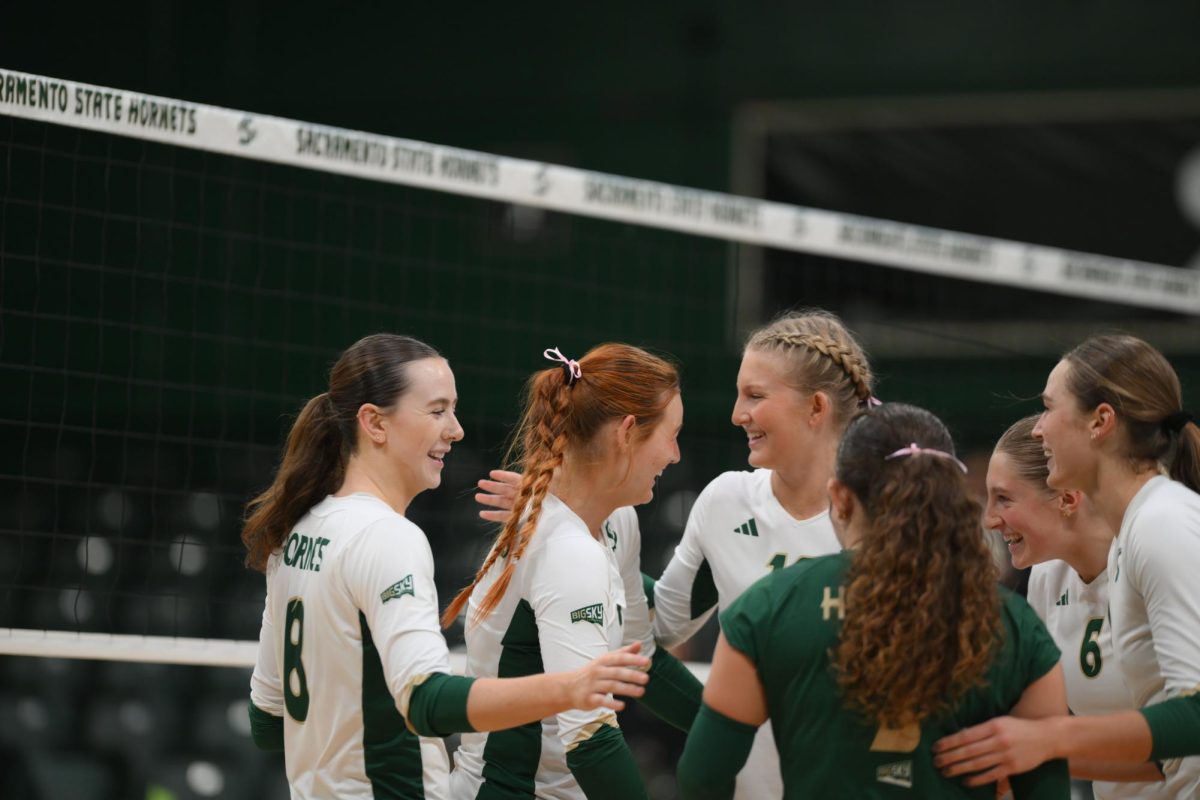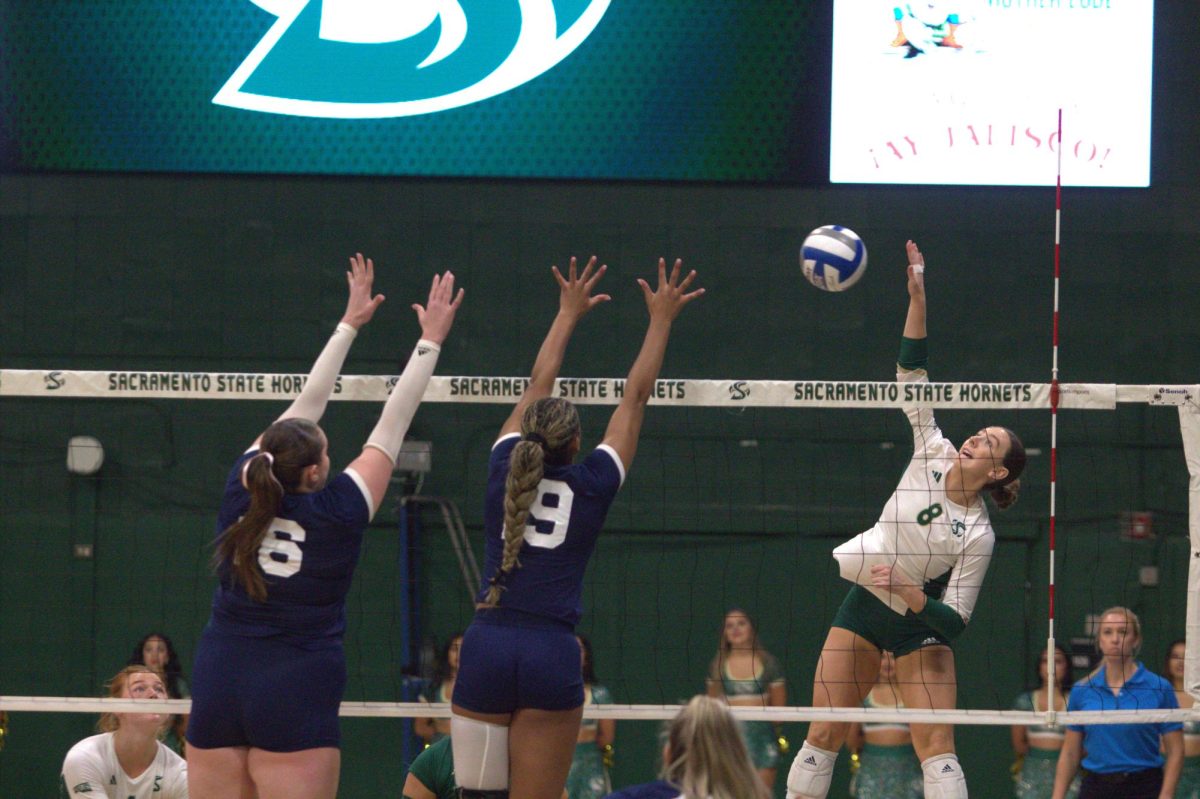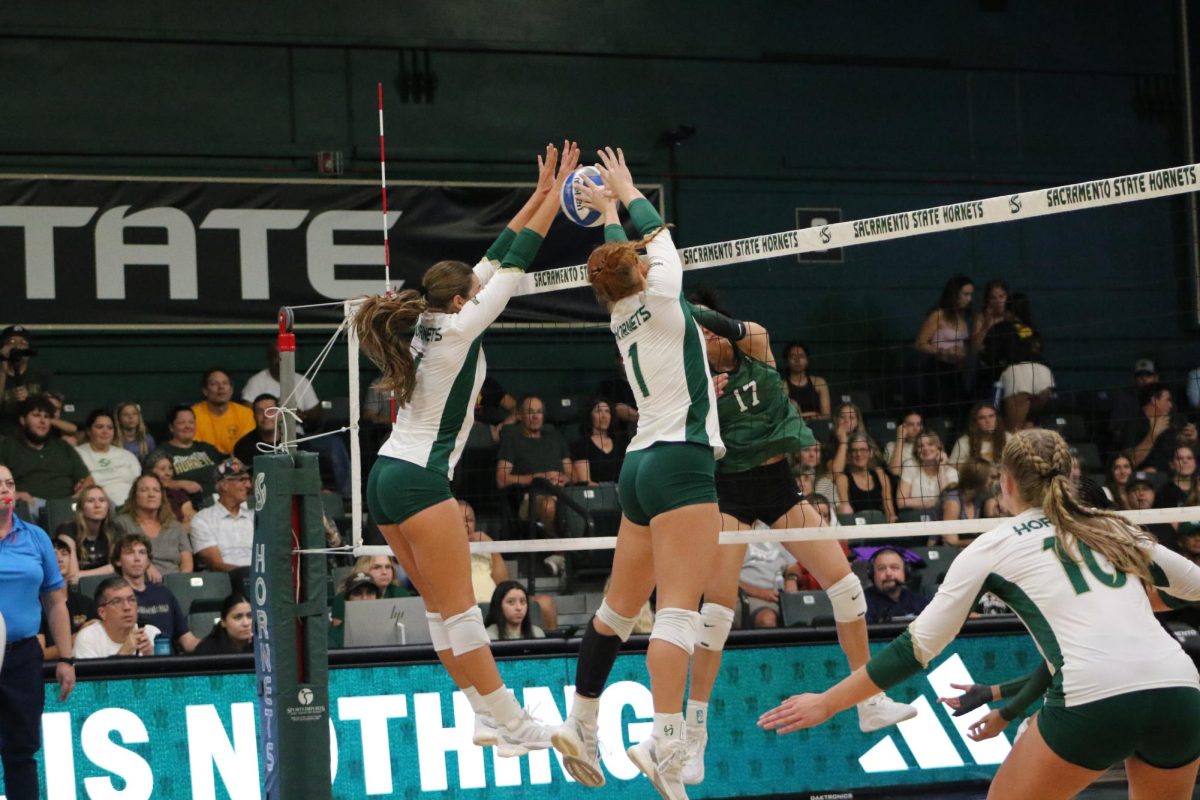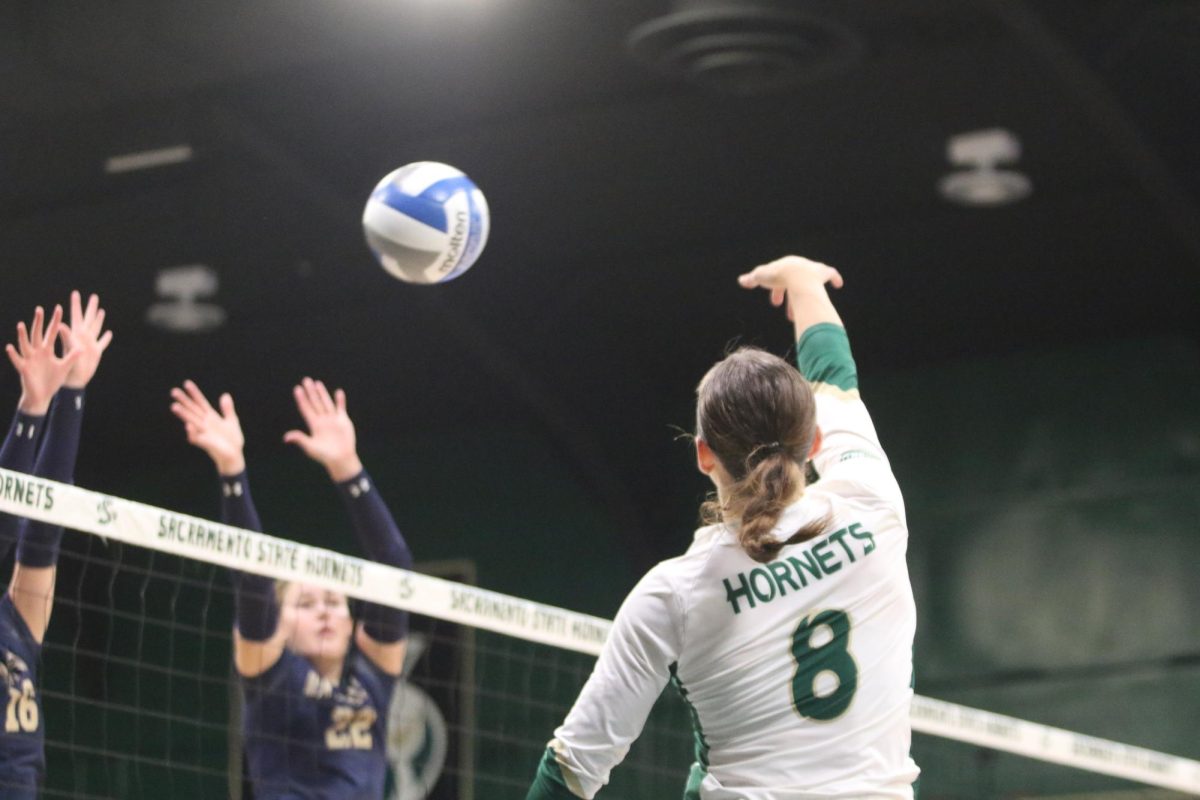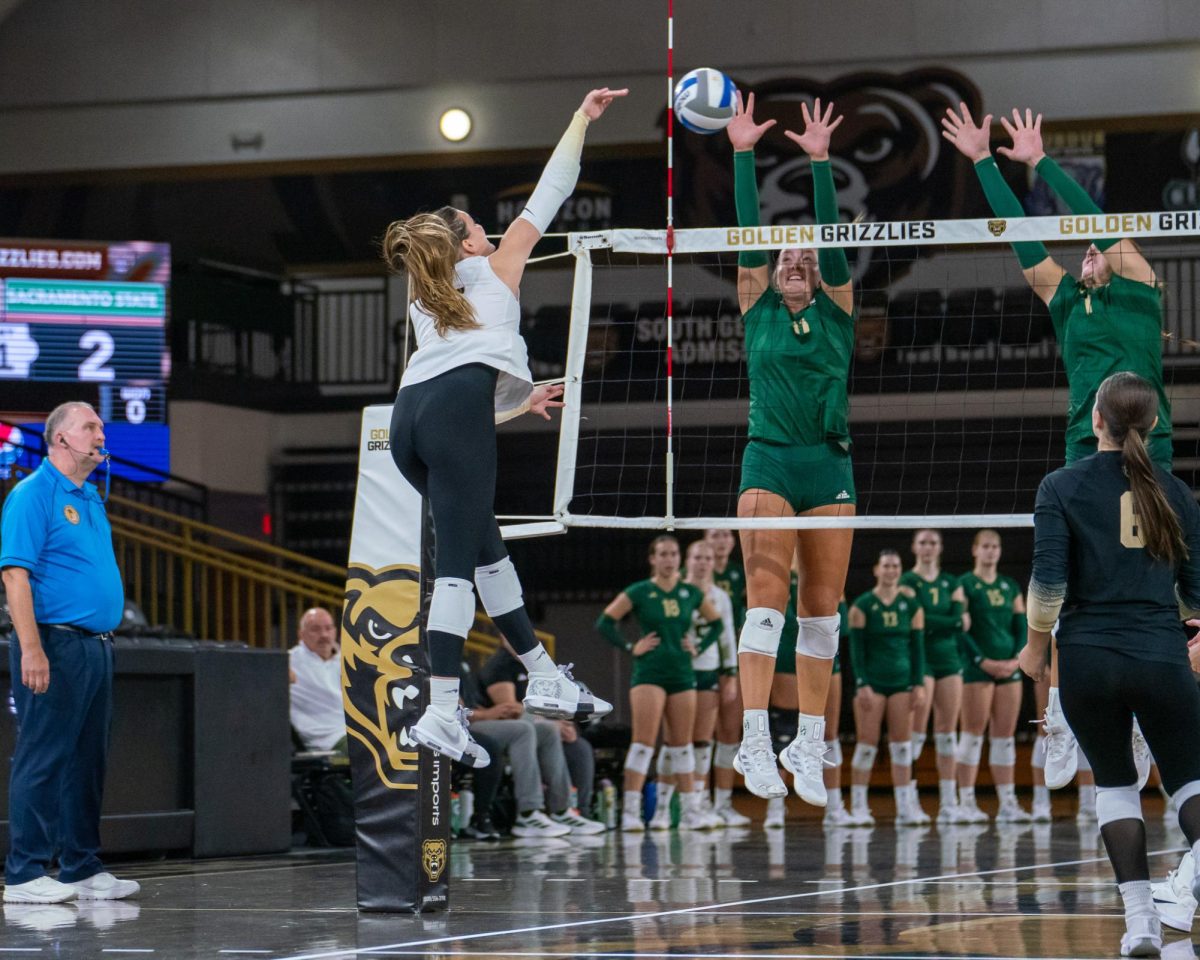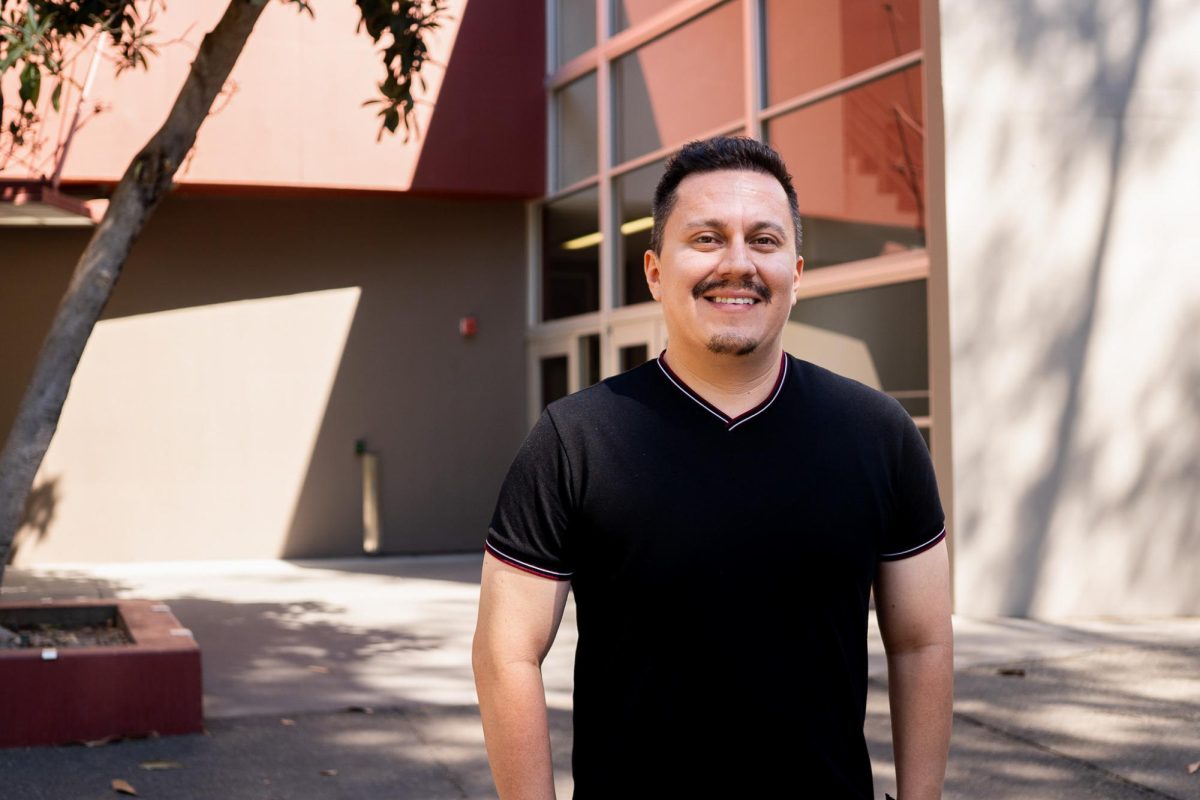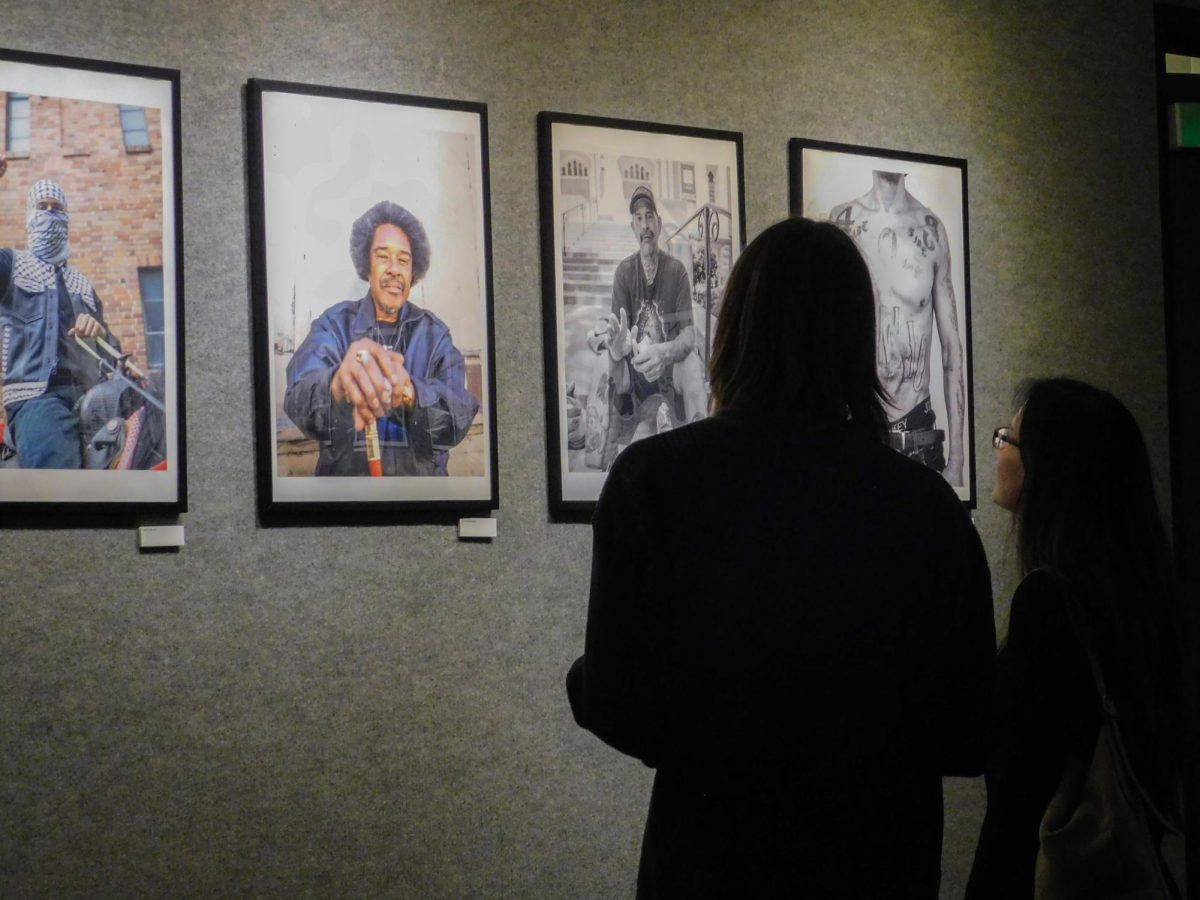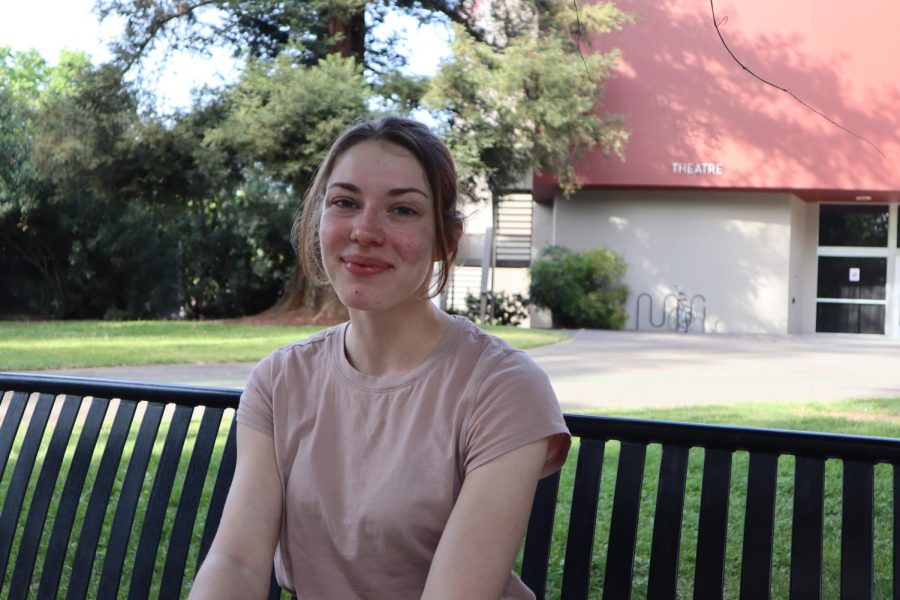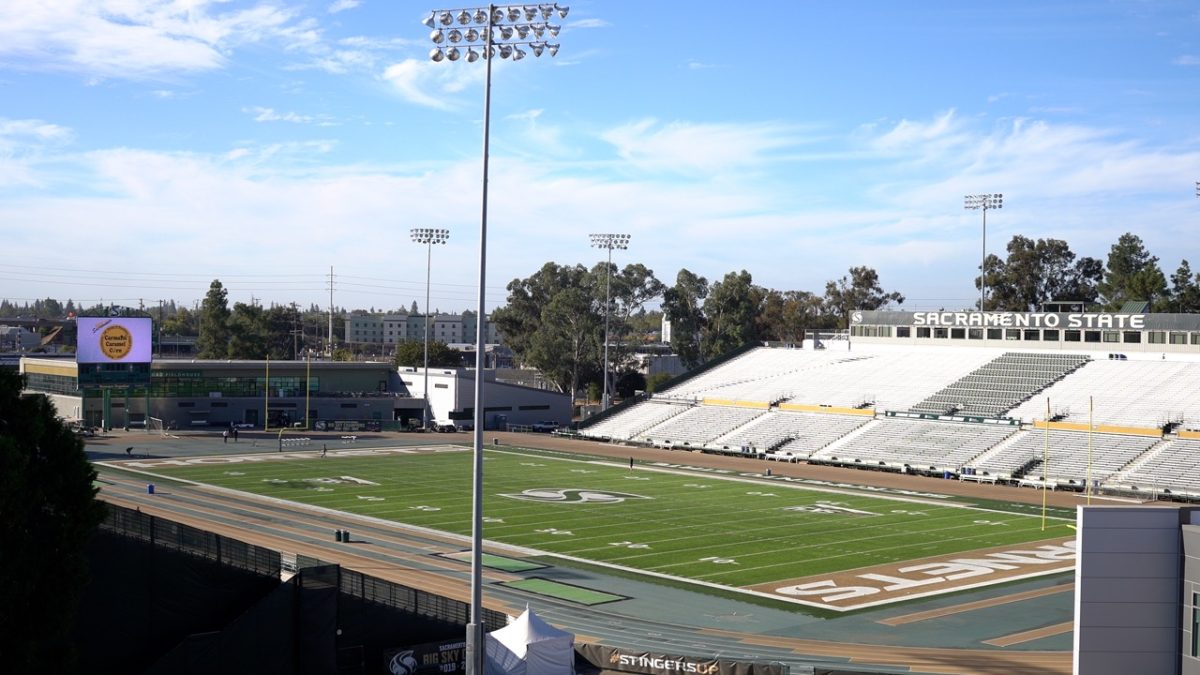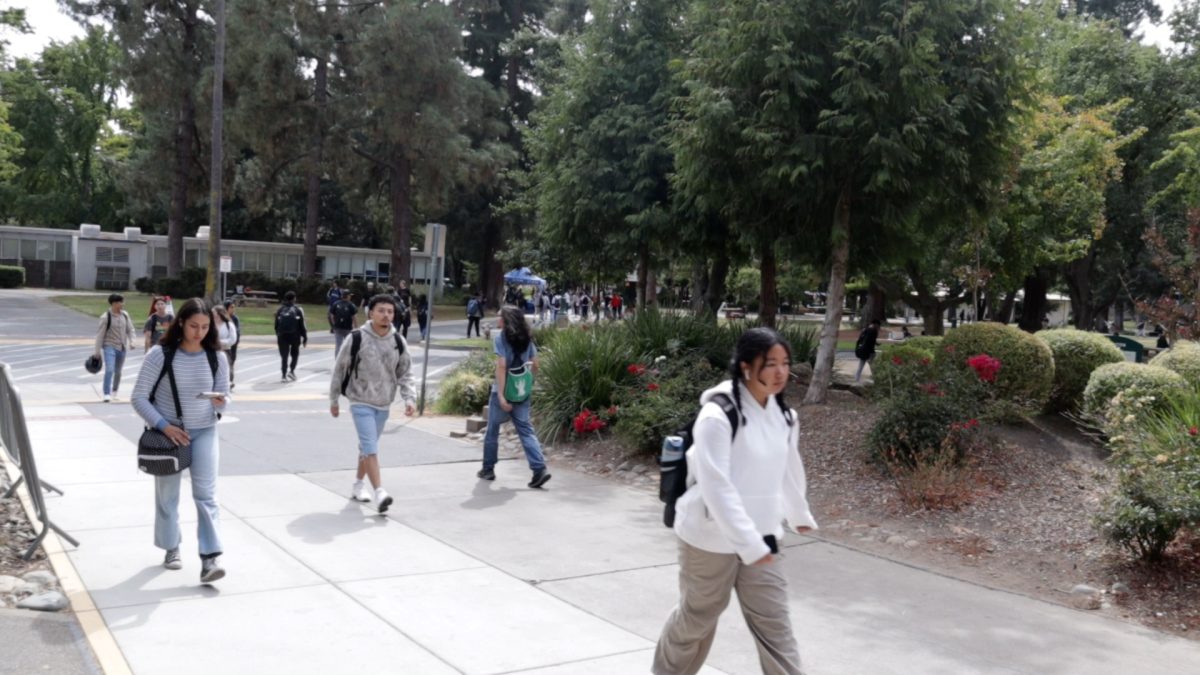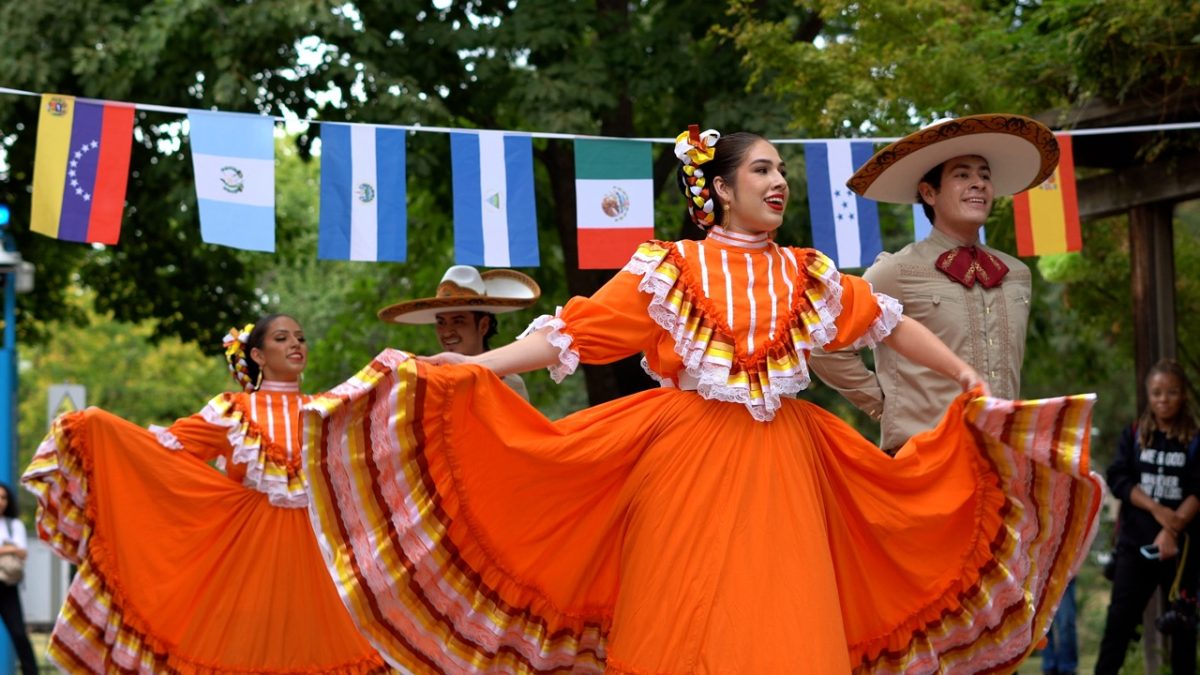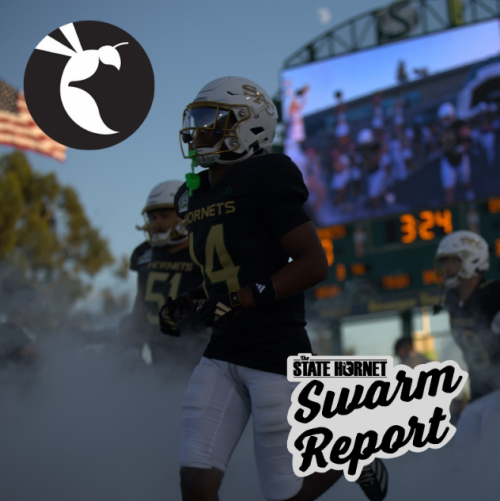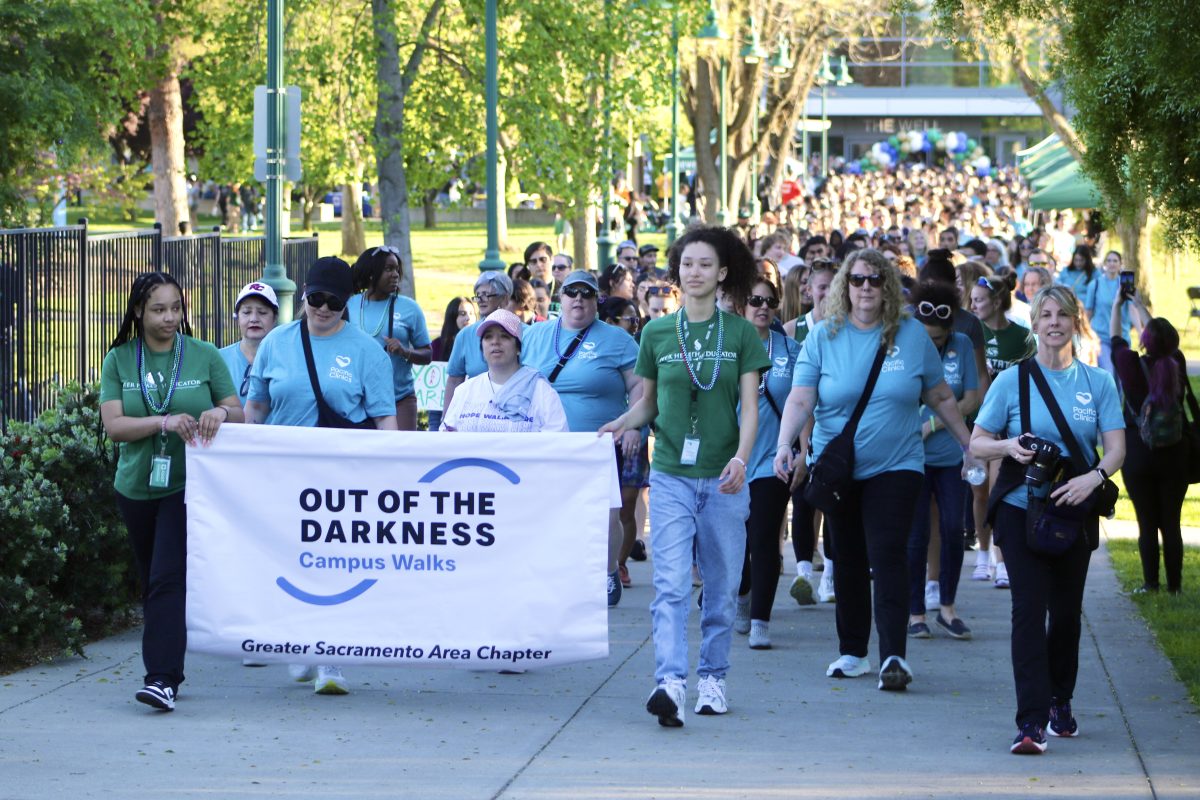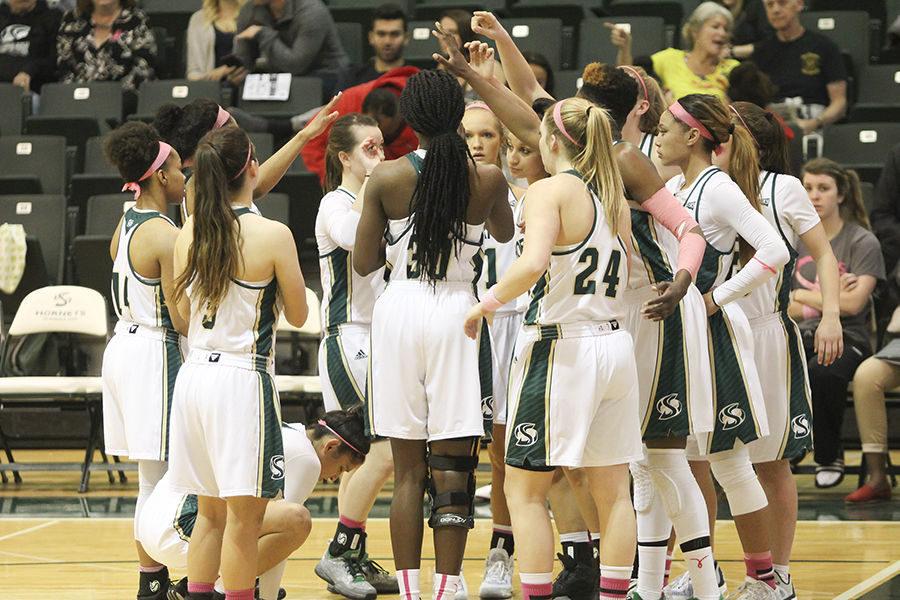How Title IX shaped women’s athletics at Sac State
The Sac State women’s basketball team huddles up during halftime against Northern Colorado in the Hornets Nest, Thursday, Feb. 25. The Hornets went on to win 83-72.
April 3, 2016
When you have a moment, take the time to visit the Nest.
As soon as you walk in, you’ll see a trophy case with an assortment of trophies. When you take a close look at it, you’ll see that there isn’t just awards won by male athletes; some of the best honors were earned by female athletes.
All of that is possible because of a federal law called Title IX, which states the following:
“No person in the United States shall, on the basis of sex, be excluded from participation in, be denied the benefits of, or be subjected to discrimination under any educational program or activity receiving Federal financial assistance.”
Passed in 1972, the law — part of the Federal Education Amendments — was created to promote gender equity in all academic endeavors, including sports. Sacramento State has done a solid job in promoting equality on both the men’s and women’s side.
Assistant Athletic Director and Senior Women’s Administrator Lois Mattice has been part of Sac State’s athletic department since 1988, starting as a trainer. She feels that the school has been very supportive of its women’s sports.
“Sac State was on the leading edge of gender equity, and our women’s sports were the premier sports back in the ’80s and early ’90s,” Mattice said.
PARTICIPATION vs. ENROLLMENT
For schools to meet the requirement of being Title IX compliant, there are three standard tests in which they must pass:
1) Provide athletic participation opportunities proportional to the number of males and females in the student body;
2) Demonstrate consistent expansion of opportunities for the underrepresented gender over time; and
3) The athletic program must fully meet the interests and abilities of the underrepresented gender.
Up until 1971, women’s sports had only been offered as club sports at Sac State. When the Association for Intercollegiate Athletics for Women was founded in 1971, women’s athletics became a group of competitive sports, and the women proved themselves just as competitive as their male counterparts. Between 1980 and 1981, Sac State’s women’s volleyball, golf and softball teams all won Division II national championships.
After the AIAW folded, the Hornets joined with the NCAA, remaining a part of Division II until 1990.
BRIDGING THE GAP
After making the jump to Division I competition in 1991, Sac State added two more women’s sports: soccer and rowing. Sac State also revived the women’s golf team. Part of the reason these sports were added was to balance the scales on participation due to the school’s football team.
“You want your participation to mirror your enrollment,” Mattice said. “What sport do you have a lot of participation of that we have to combat? Football. So we have a lot of women’s sports to make up for it. There’s not a lot of sports that carry the numbers that a football team does.”
Another way that Sac State keeps participation level on both sides of the spectrum is by balancing the number of athletes on each team.
“When we are managing our participation numbers, there are minimums that our women’s team has to carry, and the men have maximums,” Mattice said.
To give an idea as to how different each roster is, take a look at the current Spring football roster compared to the rowing team — the biggest sports on the men’s and women’s sides. The current football roster has 72 athletes; the rowing team has 55, many of them walk-ons who have never rowed in any level of competition.
STRUGGLES IN THE ATHLETIC DEPARTMENT
While Title IX was fairly beneficial for women’s athletics, that was not the entire intention of the law. The basic function was to make sure that there was equal opportunity for men and women. As an end result, sometimes schools will struggle to find a balance, as Sac State did in the mid-’90s.
Lori Perez, current head softball coach and a Sac State alumna, saw the struggles firsthand as a member of the softball team from 1999 to 2002.
“We were in a transition period for our softball team when I started,” Perez said. “We were in the process of trying to get our facilities updated. The funding for our program wasn’t very high, so our ability to recruit, [our] ability to build a championship culture was challenging because we were competing with other Division I teams within our community who were receiving support and funding, so it was a tough time for me as an athlete.”
A part of that struggle, Perez noted, was a lack of commitment from the school when they made the leap to Division I.
“When we jumped from Division II to Division I, we did not, as a university and a department, make the jump to commit to it as much as we should have,” Perez said. “You could look around and see other programs who were more successful than us, particularly in the ’90s, who put the emphasis into building up their athletic programs as they were making the jump.”
It wasn’t until the 2002-03 and 2003-04 school years, when former athletic director Terry Wanless and former university President Alexander Gonzalez were hired onto the campus, that the school and athletic department started to really progress. When Perez graduated in 2002, renovations to both Shea Stadium and John Smith Field were completed. Perez came back as an assistant coach in 2005.
“When I came back as an assistant, I instantly noticed a change in the department,” Perez said. “Every year since, I have seen a growth in university support, particularly in the last eight years, and I’ve seen it bleed into the community.”
A SLOW PROGRESSION
In the last 10 years, the athletics department has seen a revival in both men’s and women’s sports. Since 2006, the department has won 51 championships between the men and women, the most impressive being the women’s tennis team, who have won 14 straight Big Sky Conference regular season titles.
In the last two months, the women’s gymnastics team won the Mountain Pacific Sports Federation championship, and the women’s indoor track and field team won their second consecutive Big Sky championship. Also, both the men’s and women’s basketball teams made the Big Sky Conference Tournament for the second year in a row. Starting with the 2015-16 season, every team was made eligible for the tournament, before the 2015-16 season, only the top eight teams qualified.
However, that doesn’t mean that all the teams are seen as equals by the sports fans on campus.
Maranne Johnson, a sophomore guard on the women’s basketball team, spoke about her feelings on how men’s and women’s sports are looked at. When asked about whether she felt like she had to do better than the guys, her feelings were split.
“Yes, because as women in athletics, we get overlooked a lot, and I feel like sometimes we have to one-up the guys,” Johnson said. “And on the no aspect, I feel like there’s no need because it is overlooked. The men’s events are always more crowded than the women’s, and growing up, I just thought that it was how it is.”



